Dear Members of the Local Media,
The media plays a critical, leading role in educating and engaging the public. We appreciate the hard, nonstop work required to provide this essential community service.
As you know, our community struggles with violence, and that violence often leads the news. Yet a particular violence crisis is flying under the radar of the local media and the community – road violence. Tremendous harm is being inflicted on our community as a result of the wildly increasing number of pedestrian and bicycle injuries and deaths on our streets, which disproportionately affects our neighbors of color.
It is becoming more dangerous to walk here in our community and across the country. In the U.S., pedestrian fatalities have skyrocketed, increasing by 62% from 2009-2020, and another 13% in 2021 alone. Bicyclist deaths are also at the highest point since 1975. In Monroe County, 5,498 crashes from 2012-2021 involved bicyclists and pedestrians, with 4,466 resulting in injury or death. On average, 10 people die on our local streets every year as a result of these crashes (a majority of them pedestrians).
Recent incidents include the death of Edgar SantaCruz and his dog Rosie, struck by a driver in the crosswalk at North Goodman and Park Avenue; the death of octogenarian Madeleine Schreiber in Brighton, who was backed over by a driver on Oakdale Street; the death of Ernest Martin, a cyclist hit by two drivers on North Street; the death of pedestrian Khadijah Stanley, hit by a driver while on the sidewalk on Hudson Avenue; and the death of Jarod Jones, a teenager killed by a driver in a hit-and-run on Lake Avenue. These are only a few of the many reported and unreported cases of precious lives lost in our community just the last few years.
We have observed that the media can do more to accurately and adequately report on these incidents of road violence. While driver-pedestrian or driver-bicyclist crashes often receive media coverage, the coverage tends to misattribute the causes and consequences of the crashes. Going forward, we encourage you to report on these crashes – and the preventability of them – more thoughtfully.
Below is a compilation of ways the media often misrepresents these incidents, and some suggestions for more balanced reporting.
Blaming the victim and absolving the driver. Media coverage often highlights that the person injured or killed “wasn’t in a crosswalk,” “was wearing dark clothes,” or “was out walking at 3 a.m.” Meanwhile, drivers are often recognized in a positive light with commentary such as “the driver stayed at the scene” and “no charges were filed.”
Blaming the vehicle and absolving the driver. Crashes are often described as pedestrians or cyclists being “hit by a car”, rather than being hit by a driver operating a car. Language matters!
Calling crashes “accidents.” Again, language matters. The word “accident” implies that the crash couldn’t be avoided, and has the effect of normalizing them as unavoidable and acceptable since “accidents happen”.
These crashes often occur because of driver behavior, as well as poor street design that fails to protect those outside a vehicle. In many cases, the driver could have prevented the crash by paying attention, slowing down, and driving responsibly. While driver behavior is relevant to crash causes and consequences, as important are street design, conditions and policies that enable and encourage dangerous driver behavior, namely:
- Streets and roads that are too wide, which encourages motorists speeding and distractibility at the expense of pedestrian, cyclist *and* driver/passenger safety. Landscape architect Ian McHarg once said that “if you design a road like a gun barrel, people are going to drive like bullets.”
- Poorly designed infrastructure and poor maintenance of existing infrastructure: signal crossings that don’t give pedestrians sufficient time to cross, insufficient street lighting, lack of crosswalks or worn out crosswalk paint are some examples. At Reconnect Rochester, we advocate for complete streets design that accommodates and protects ALL users of the road.
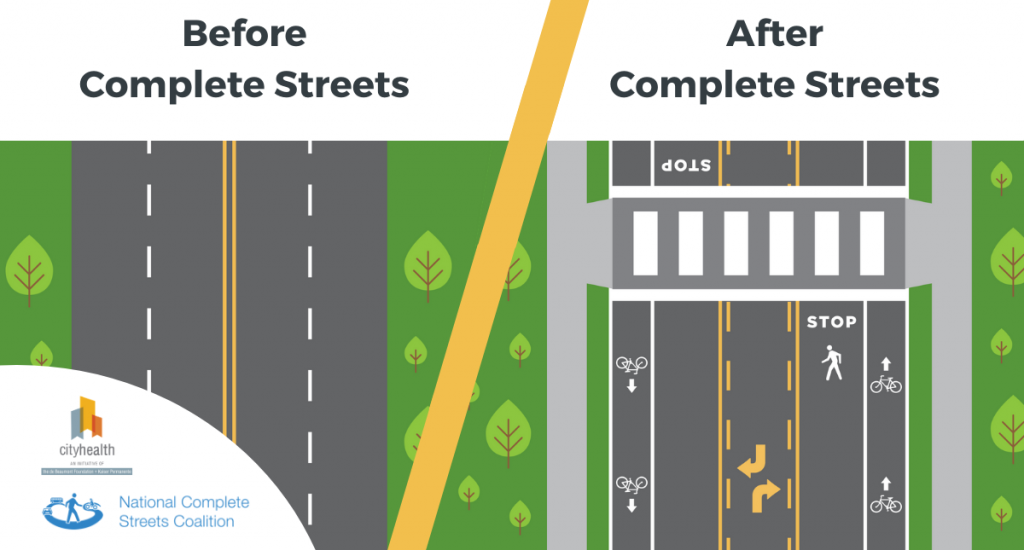

- Unsafe speed limits: The citywide and village 30 mph speed limits seem slow and safe to our speed-desensitized experience, but 30 can easily be a lethal speed for a vehicle, and many people regularly drive at 40 mph or more in those zones. Speed kills. The chance of a pedestrian surviving a hit from a 3,000-7,000-pound machine plummets from 95% if hit at 20 mph, to 55% at 30 mph, to 15 percent at 40 mph.
- The build-up of snow and ice covering sidewalks and curb cuts, conditions that force pedestrians, cyclists, and transit users into the streets. Compounding this problem: plows that bury or block sidewalks with the snow they throw aside to ensure the streets and driveways are clear for drivers.
To help with greater mindfulness and accuracy about the ways you report on pedestrian-driver and bicycle-driver crashes, we suggest investigating the following questions when preparing your reporting.
Road Design/Conditions:
- Was the road where the crash occurred designed to promote vehicle speed with wide open lanes and few markings on the road? Does it have safe, dedicated space for cyclists and pedestrians, and protective design features such as crossings, bike lanes, pedestrian medians, and other complete streets features?
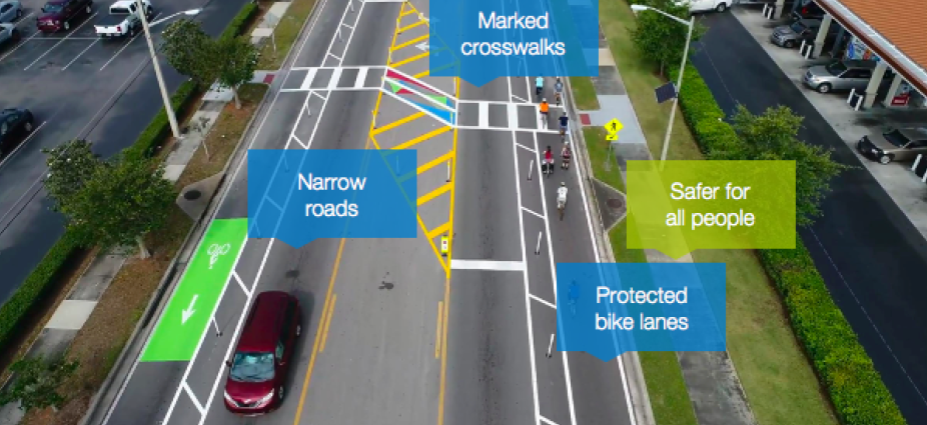
- If the crash happened at night, was a lack of street lighting a factor? The majority of vehicle-pedestrian crashes happen at night.
- If the crash happened during winter, was the sidewalk clear of snow and ice?
Drivers:
- Was the driver driving over the legal speed limit, or did the driver disregard a different traffic control device (e.g. light, stop sign)?
- Was the driver distracted or impaired by a cell phone, alcohol or drugs or other distraction? Driver inattention is a leading cause of crashes.
- Was the driver properly licensed, and did they have a history of crashes or traffic infractions (i.e. “chronic bad driver”)? We often hear of crash perpetrators who are unlicensed and/or have had their licenses revoked dozens of times, and are still driving.
Vehicles:
- Did the vehicle have limited front, side or rear visibility? This is the case with many of the most popular SUVs and pickup trucks. For example, studies have shown that front blind zones on SUVs lead to deadly crashes and especially endanger children.
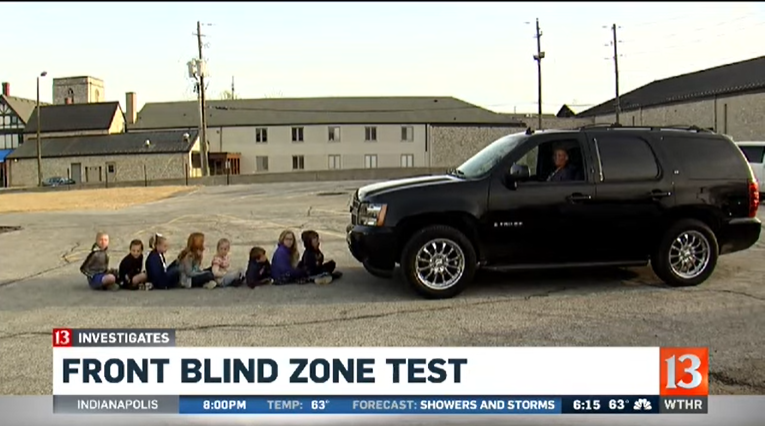
- Was the vehicle an SUV or pickup truck with a high grill that would have caused more severe injury, as opposed to a sedan that would have likely only injured lower extremities? Larger vehicles are substantially more lethal to pedestrians and cyclists, and three quarters of new vehicle sales in the U.S. are SUVs.
- Was the vehicle poorly maintained to the point where a crash was more likely (lights out, bald tires, bad wipers, etc.)?
We appreciate your time and consideration. Reconnect Rochester is standing by as a resource and willing partner to improve your media outlet’s approach to crash reporting, as well as helping to educate the public and policy makers about the crisis of rising road violence. We would welcome an opportunity to meet with your team if you wish to have further dialogue on this subject.
Best,
Reconnect Rochester
Special thanks to Evan Lowenstein, a passionate advocate for better mobility in the Rochester community, who collaborated with us to write this piece.
Header Image Source: Man will appear in court in January in connection to death of pedestrian on Park Ave by Evan Bourtis News10NBC


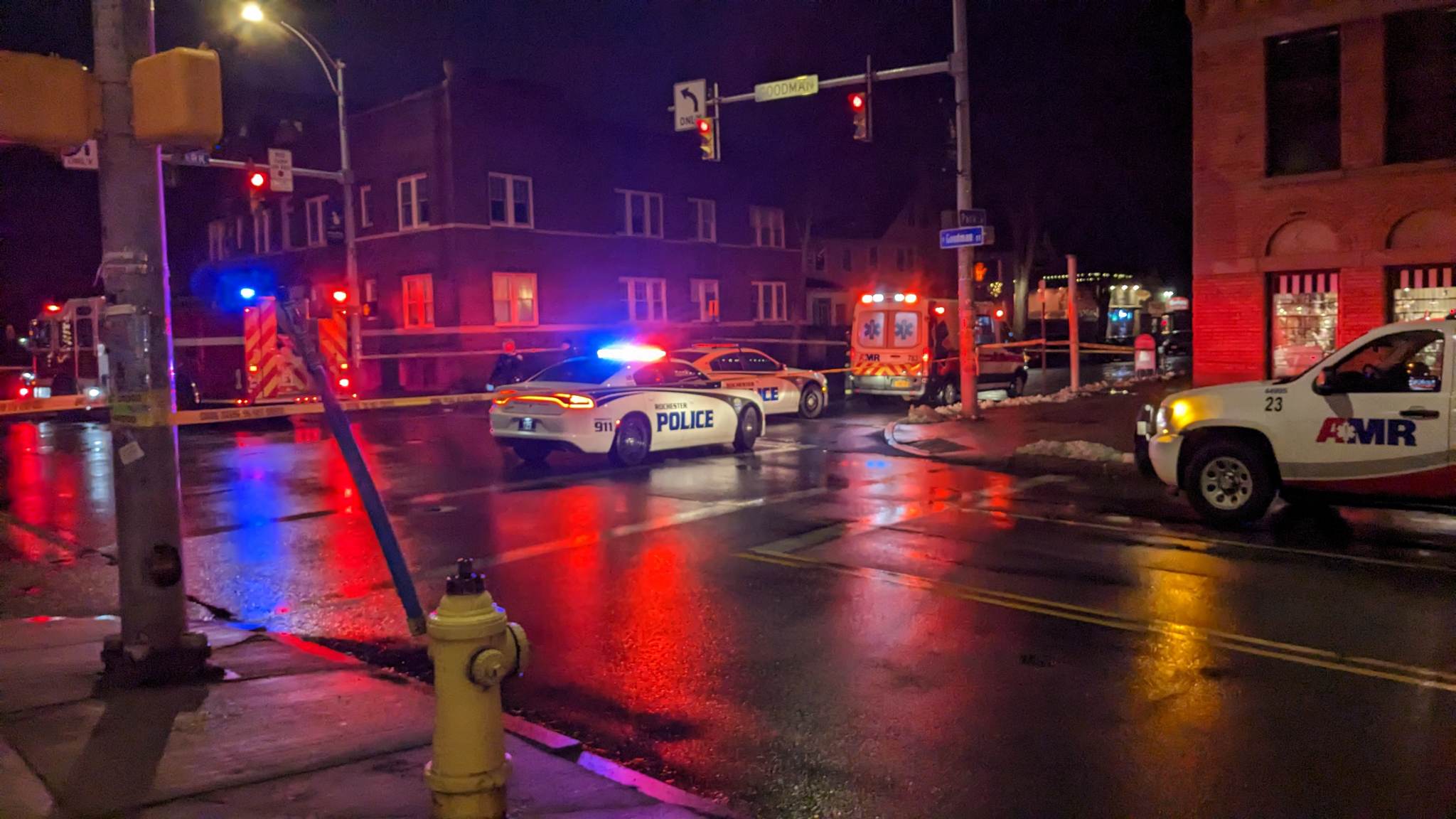

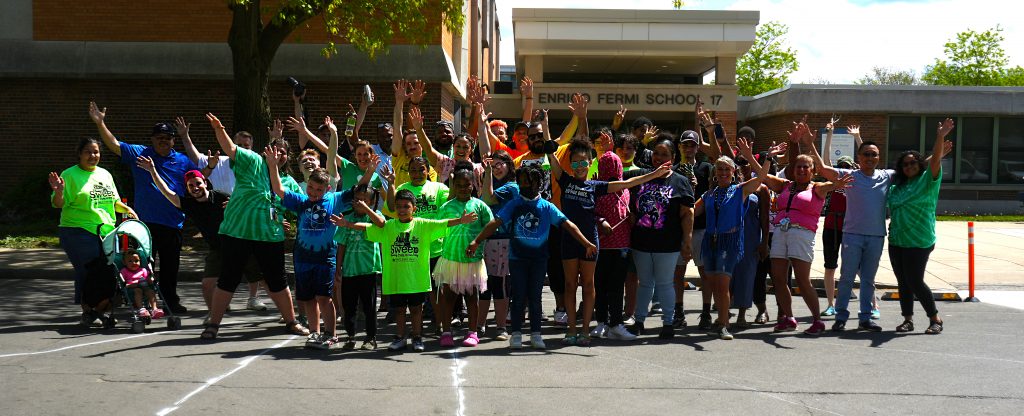
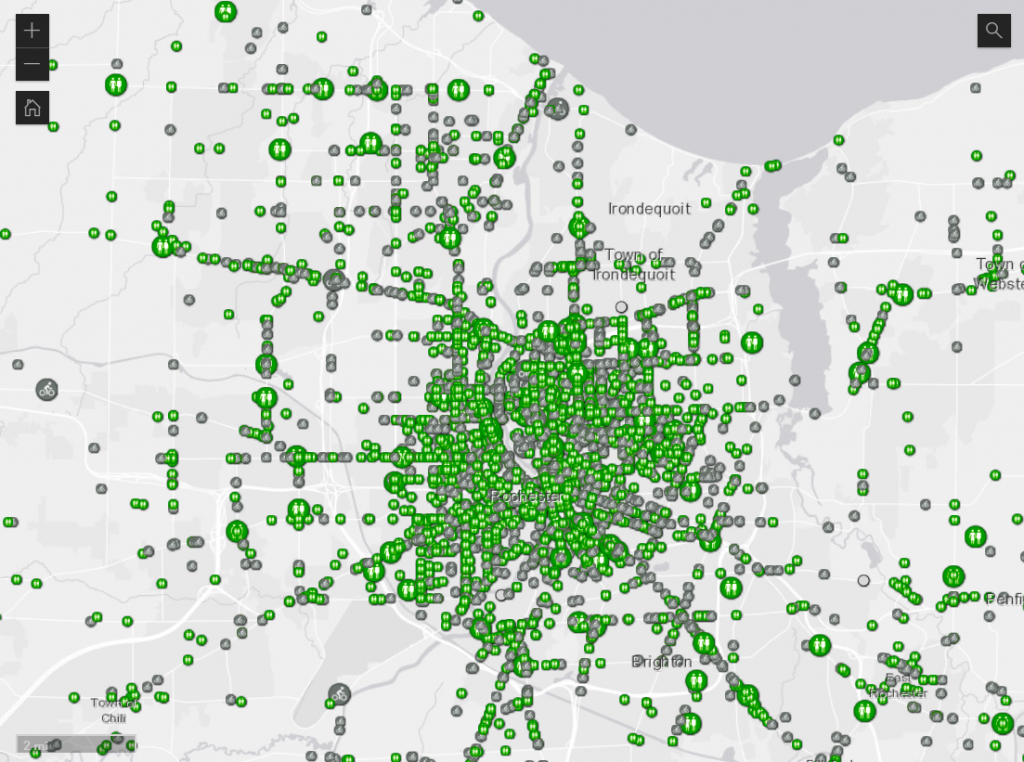
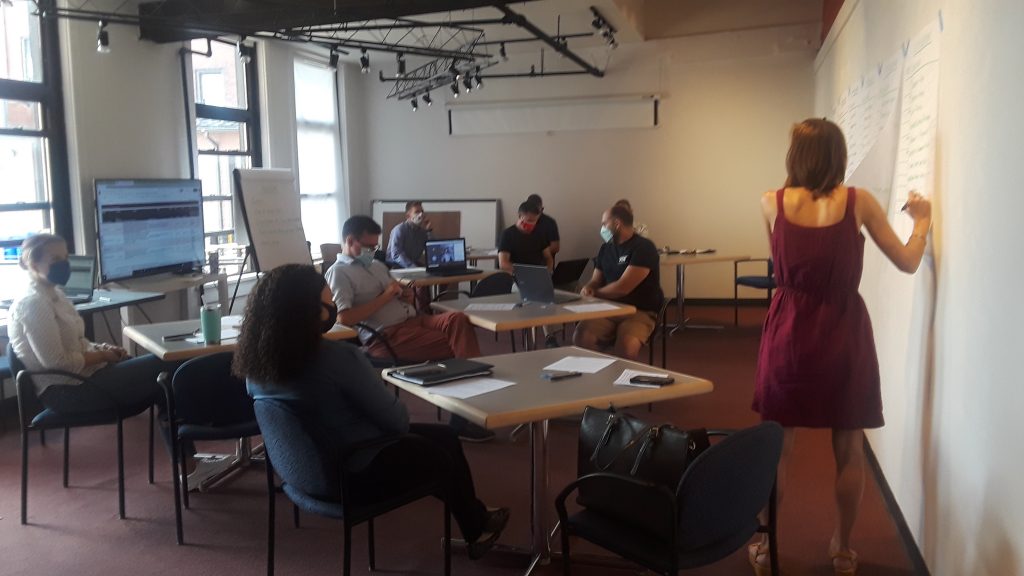
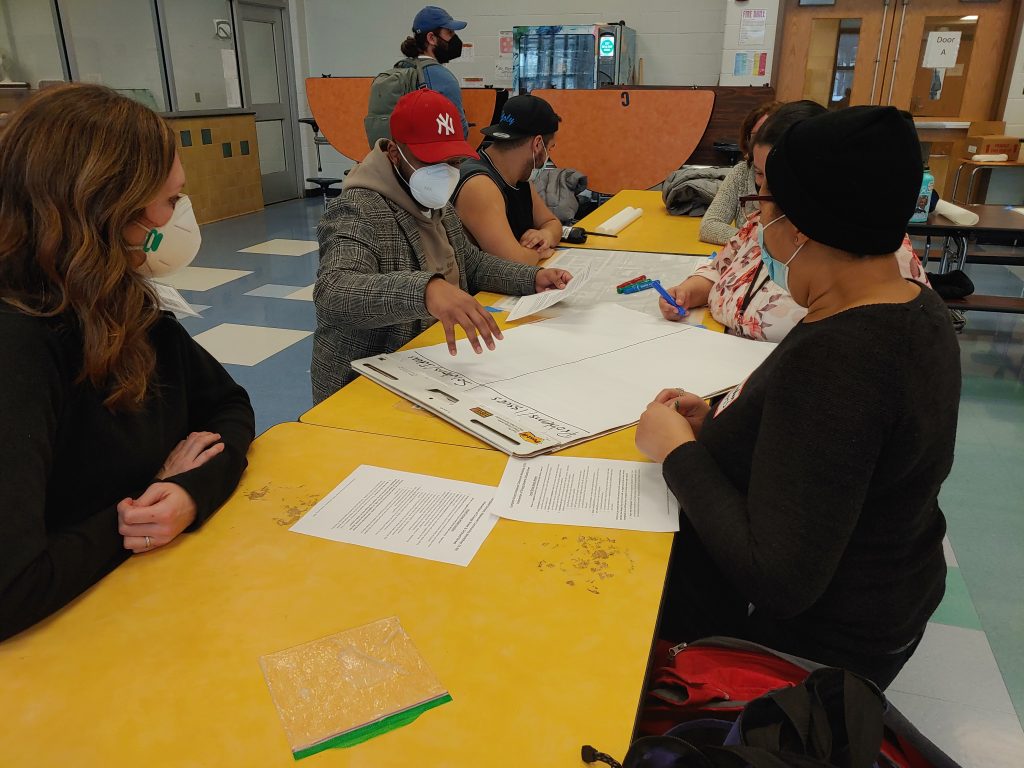
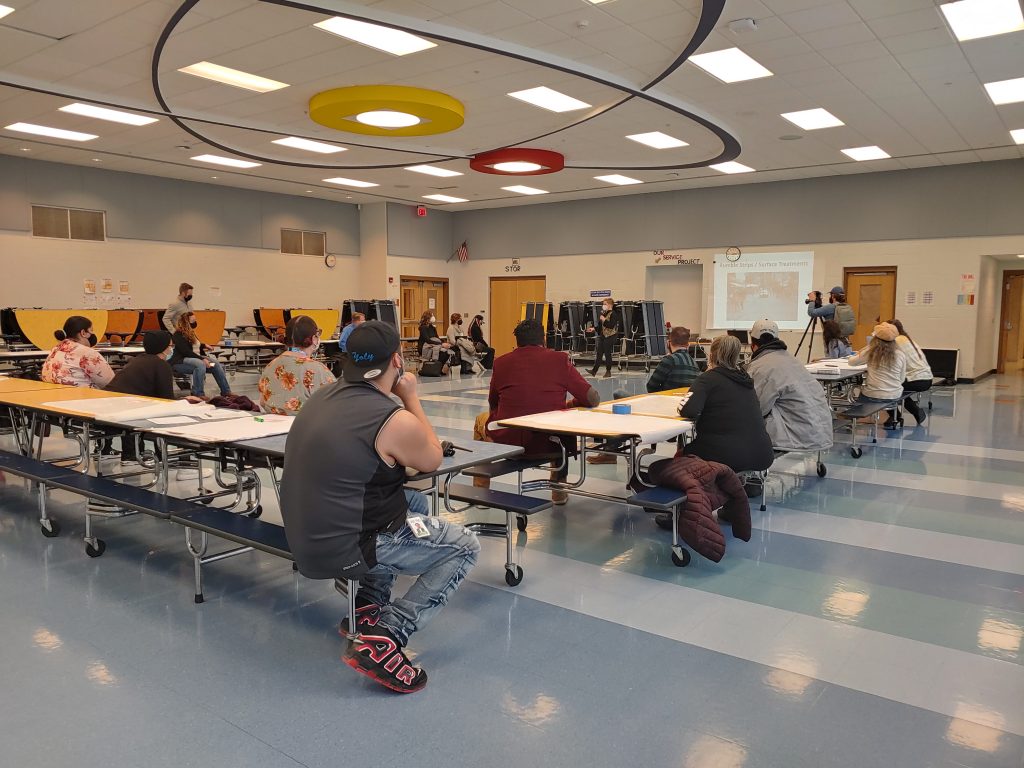
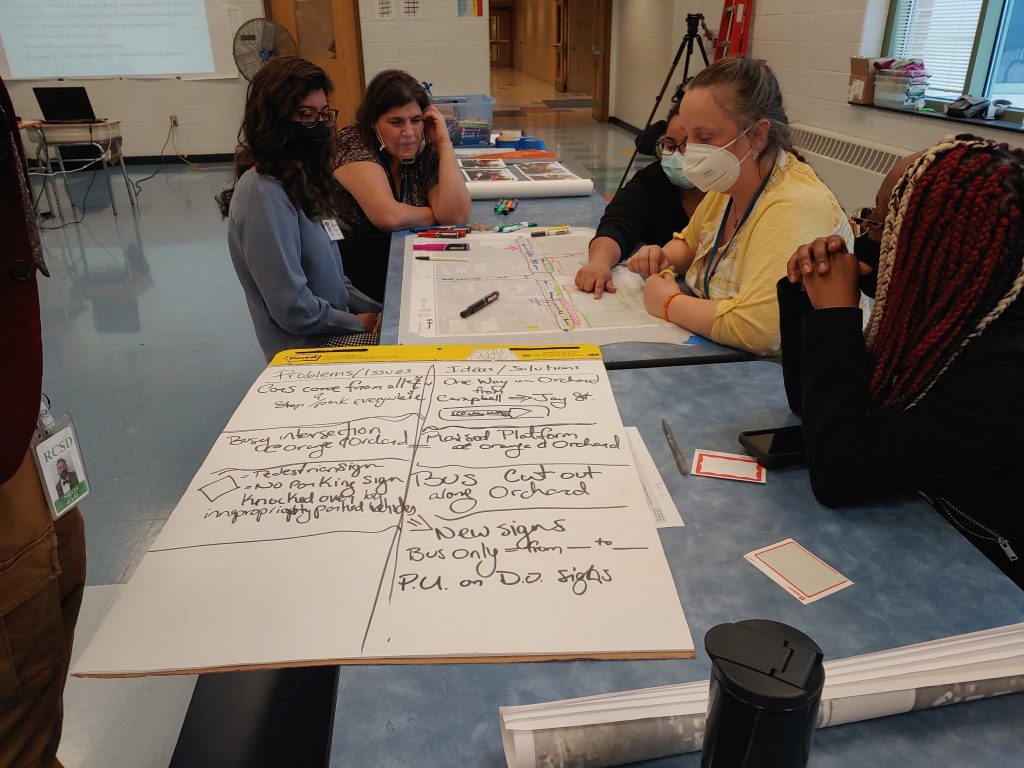
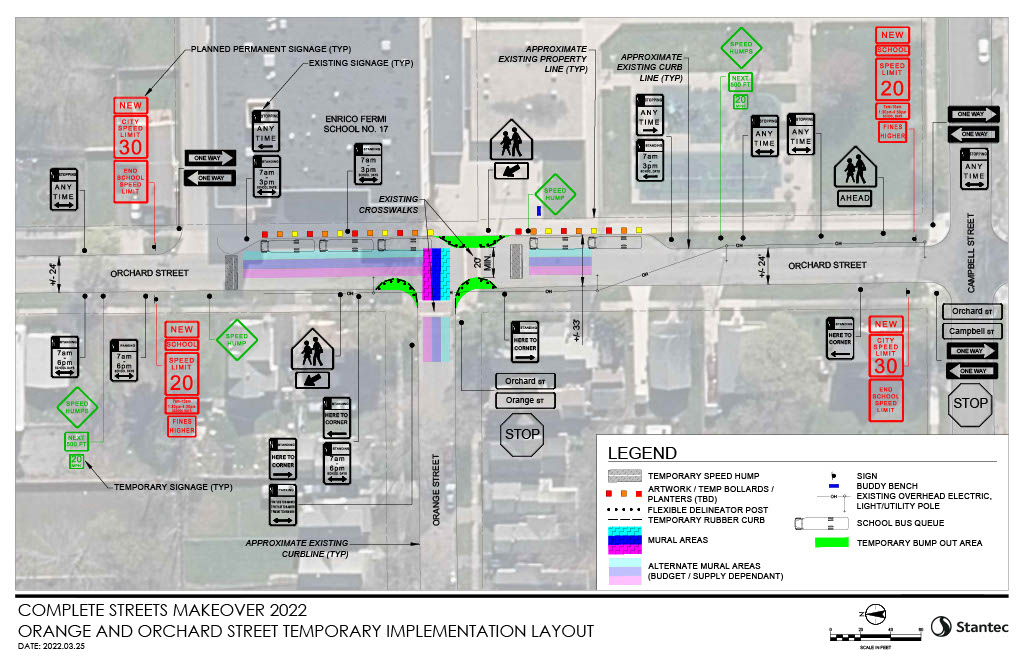
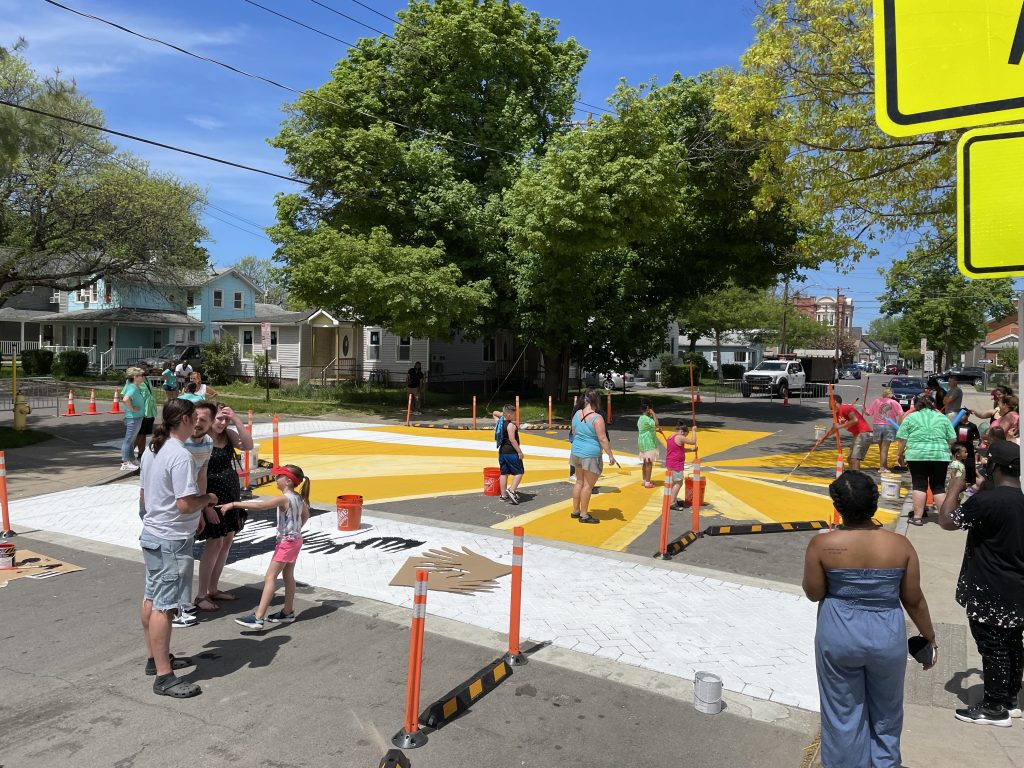
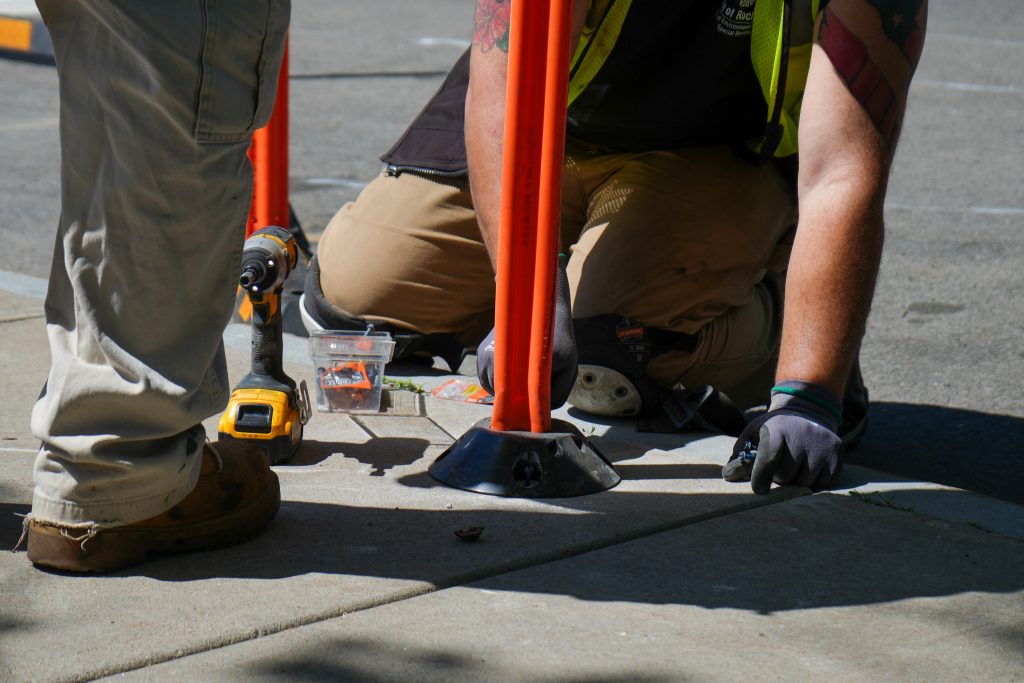
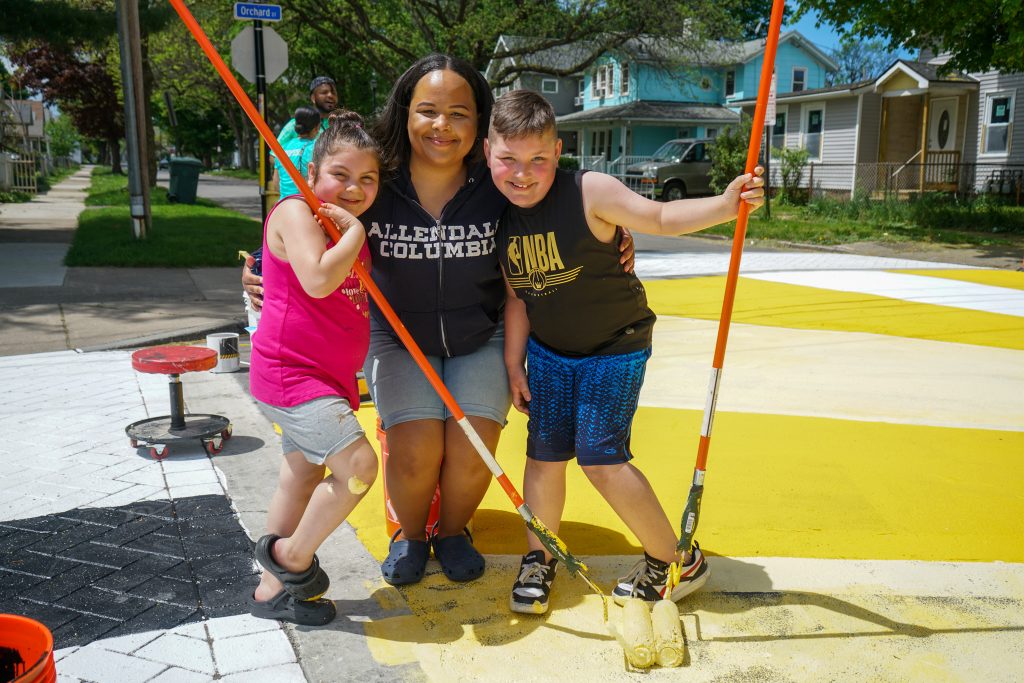
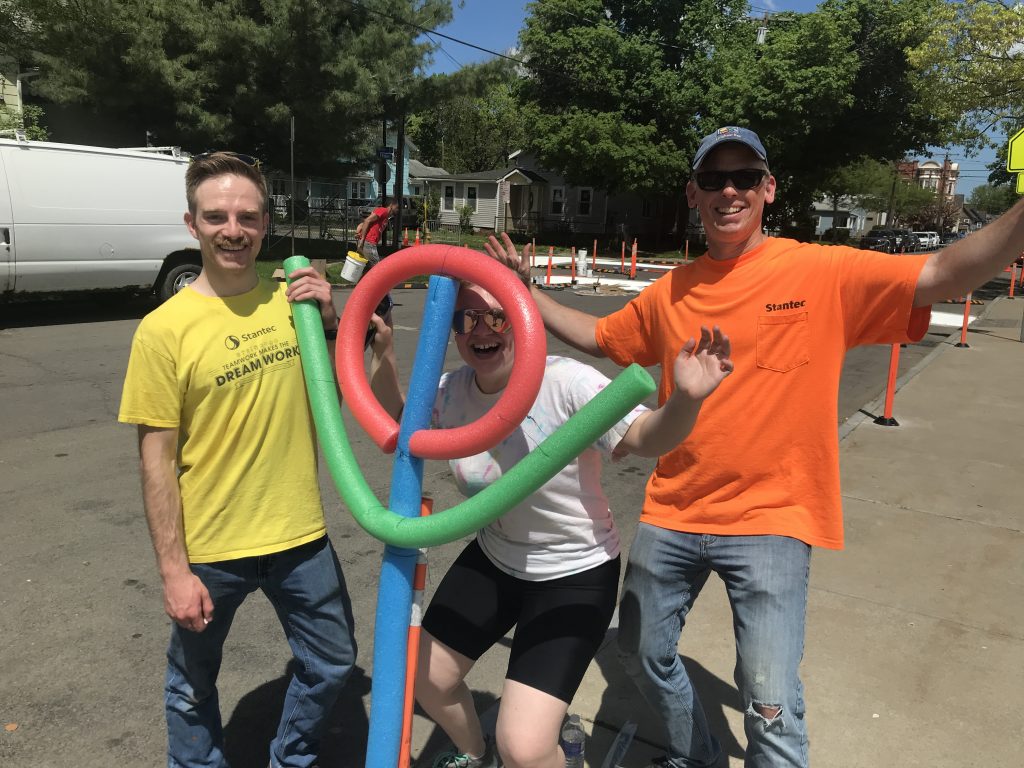
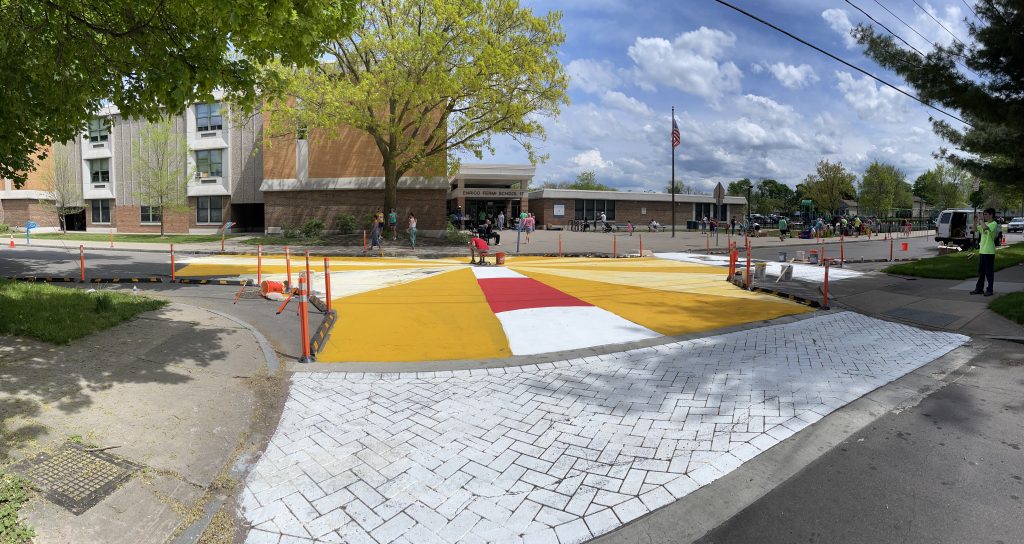
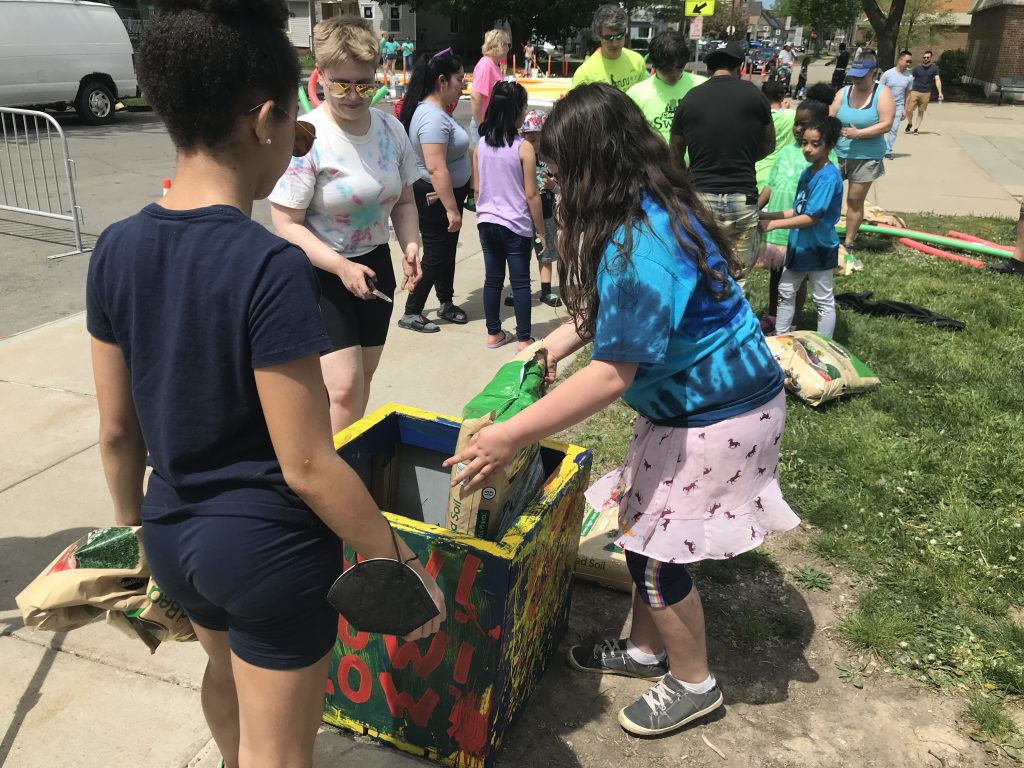
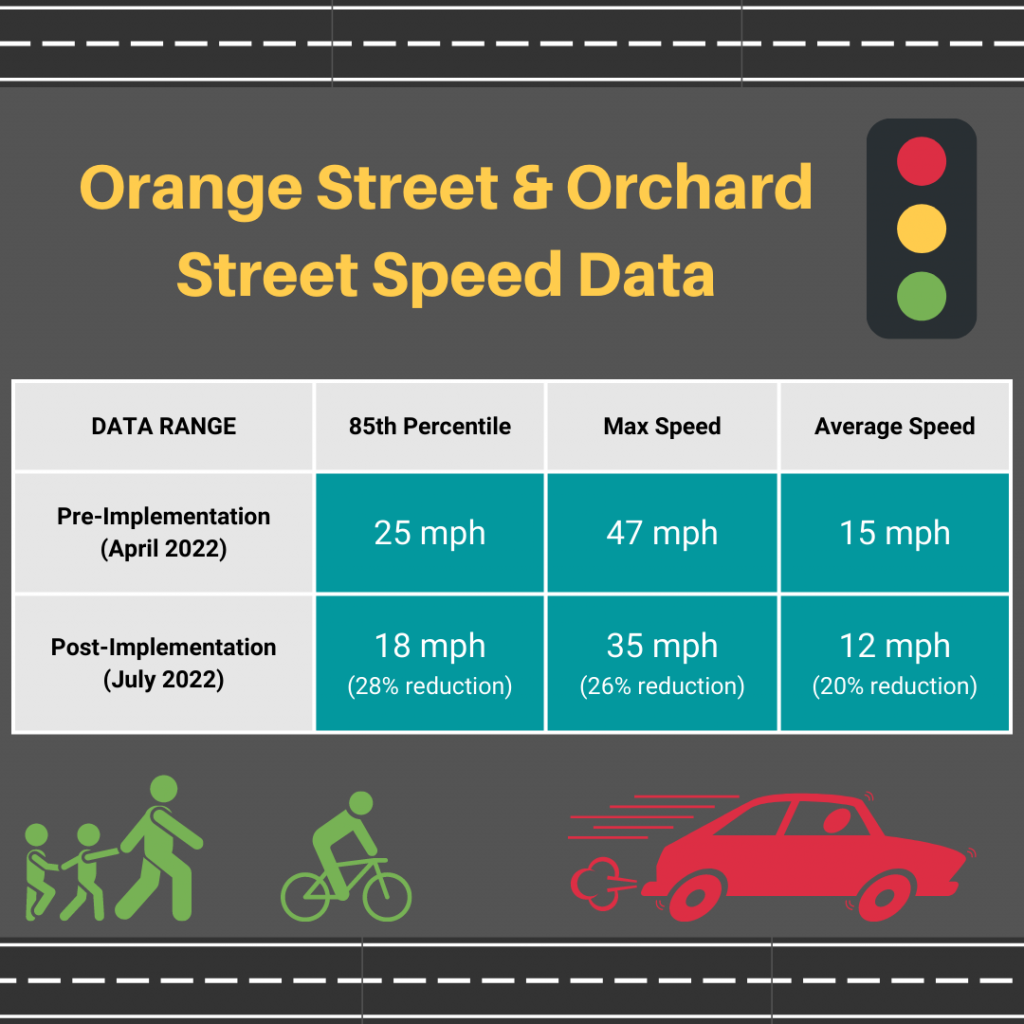
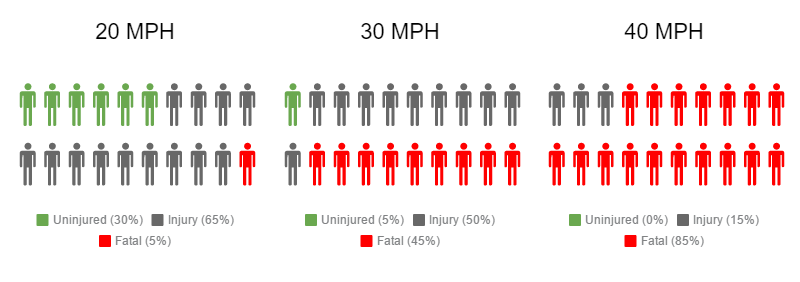
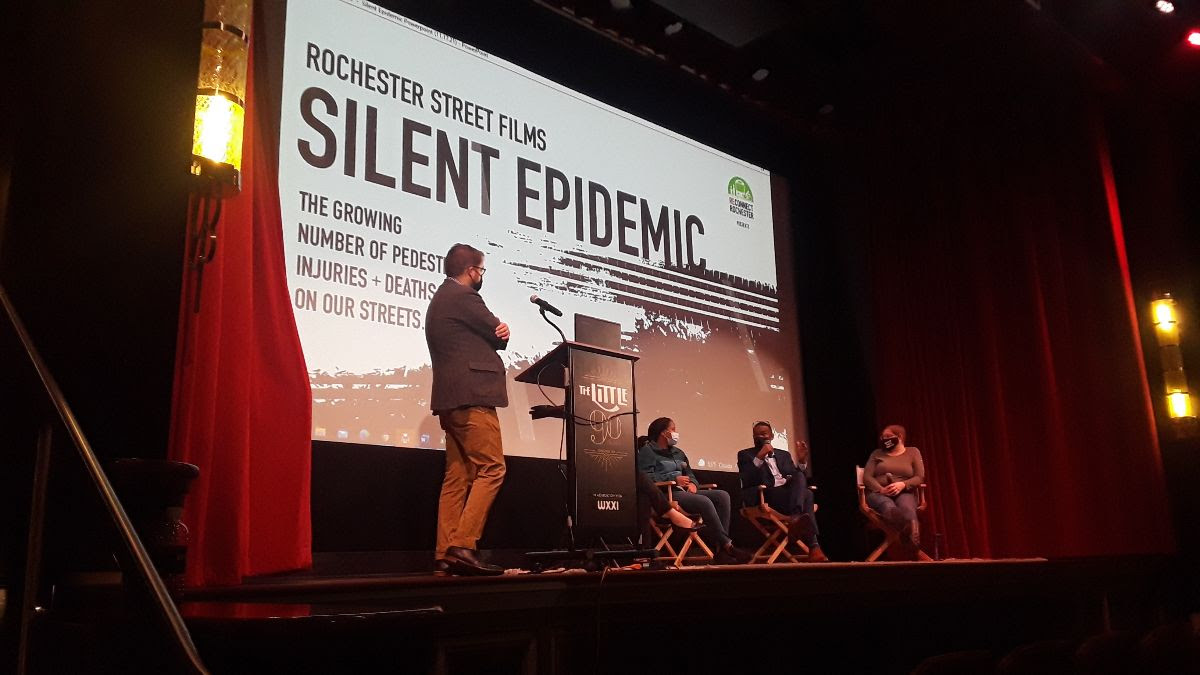
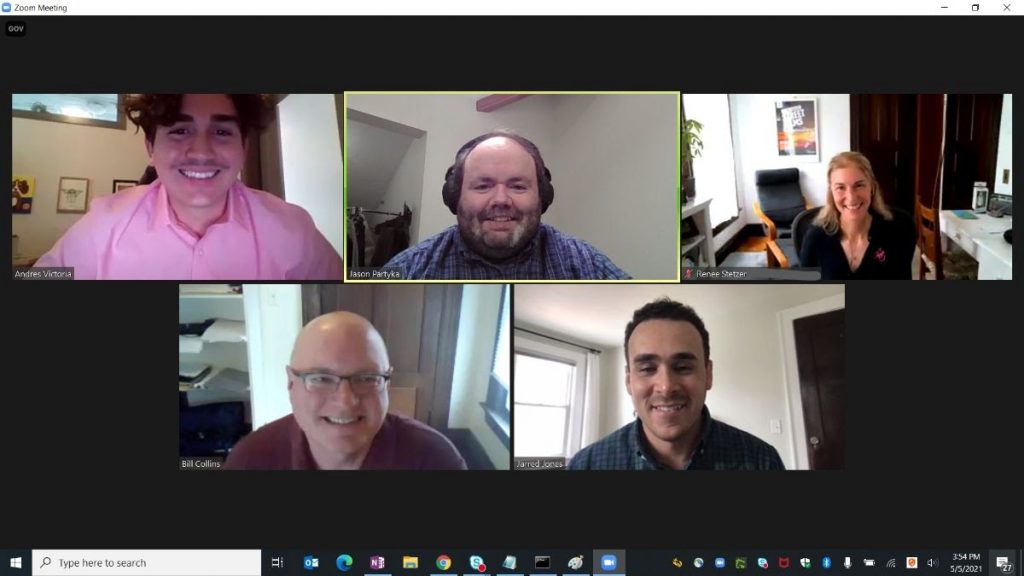
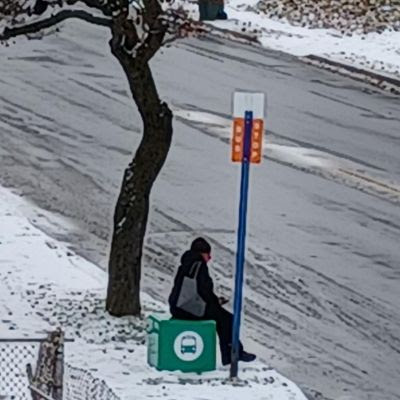
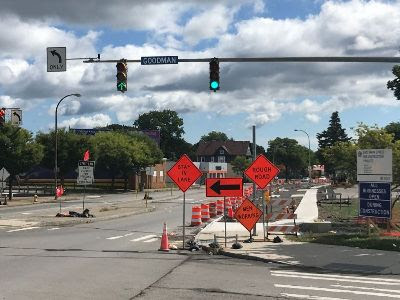
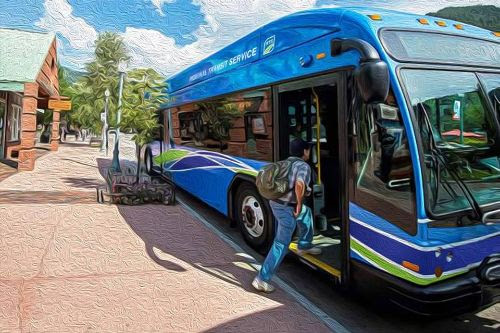
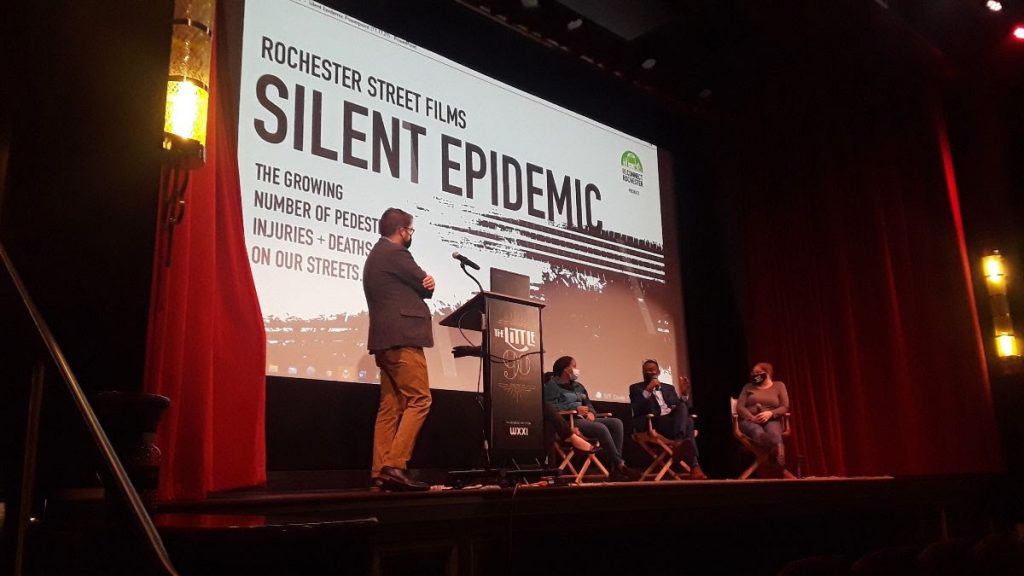
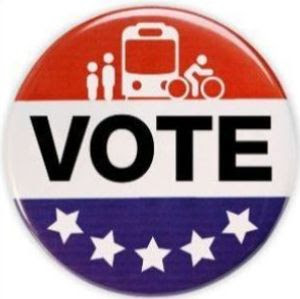
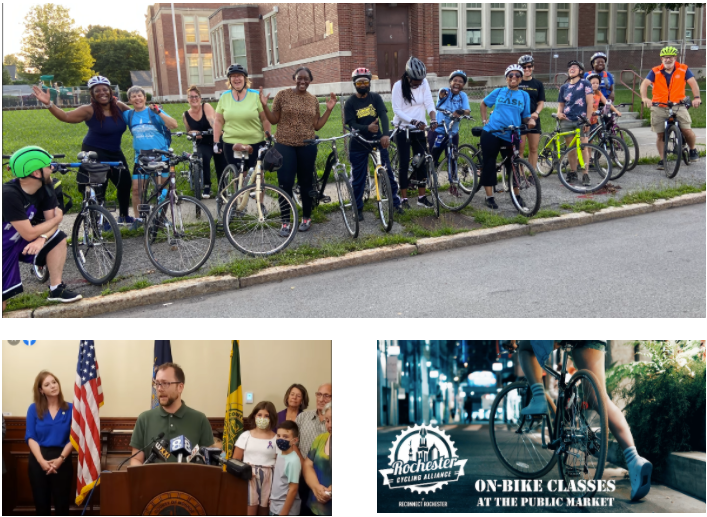
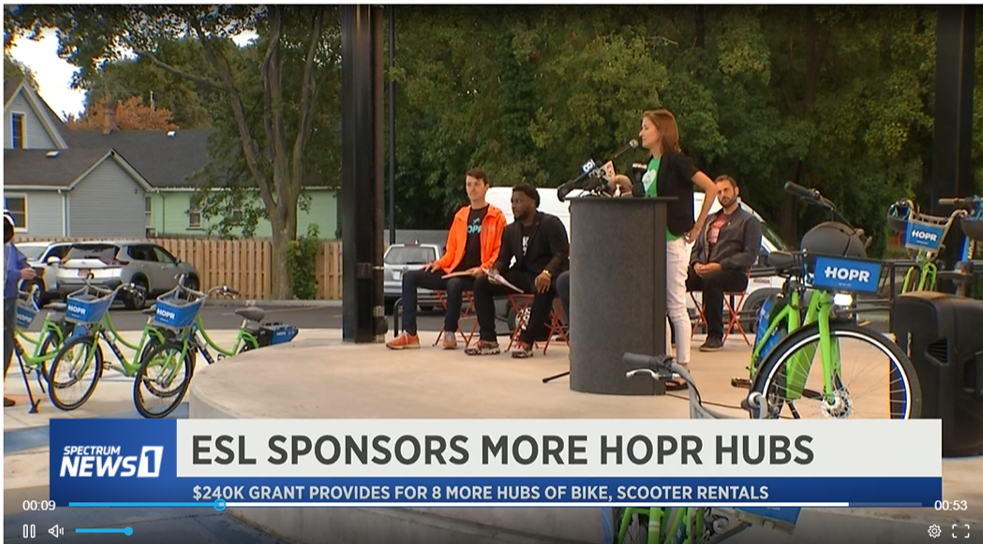
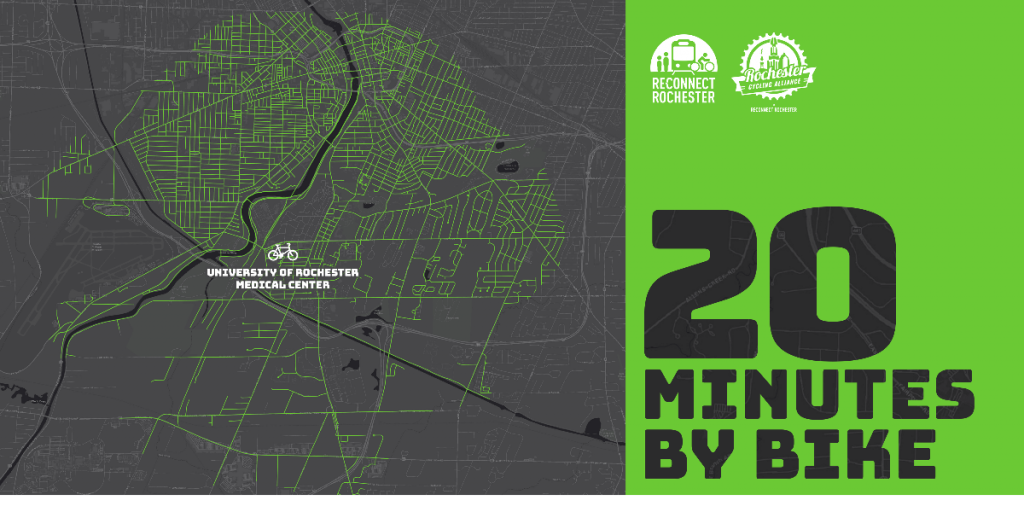

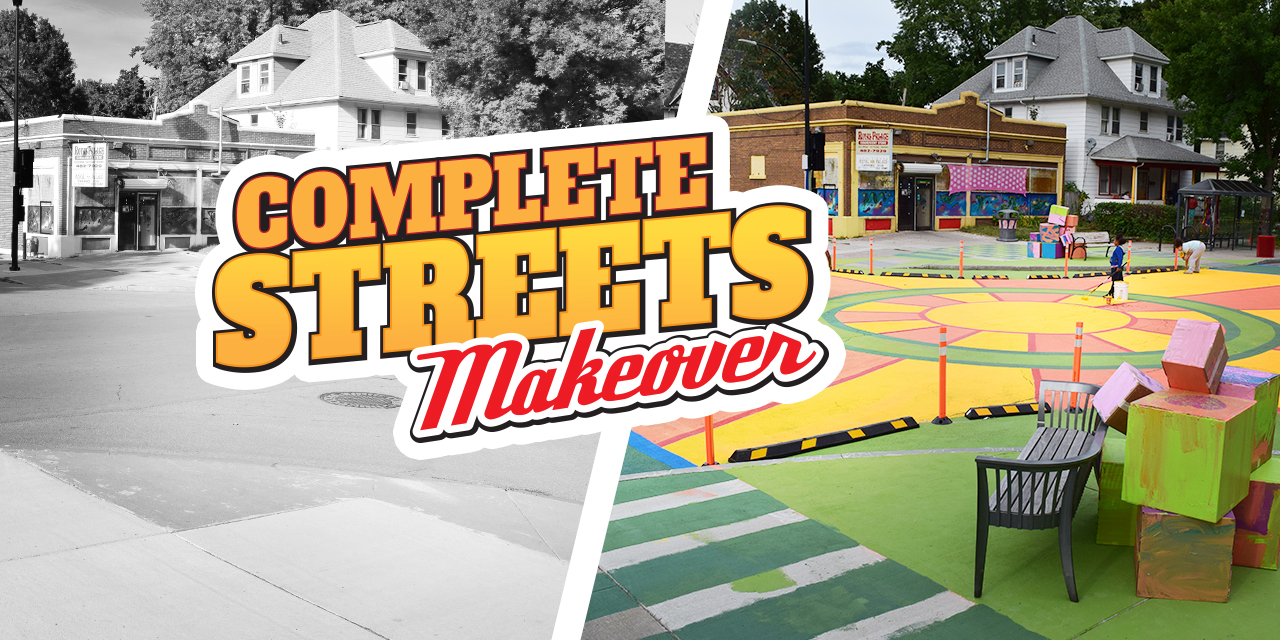
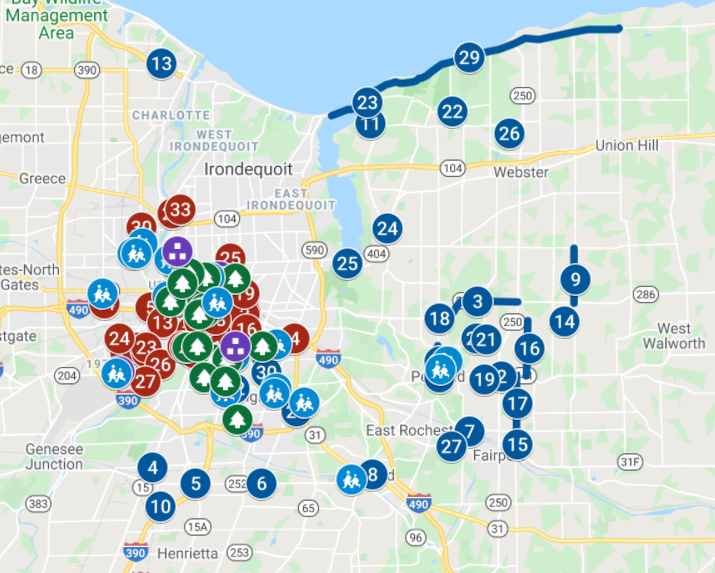
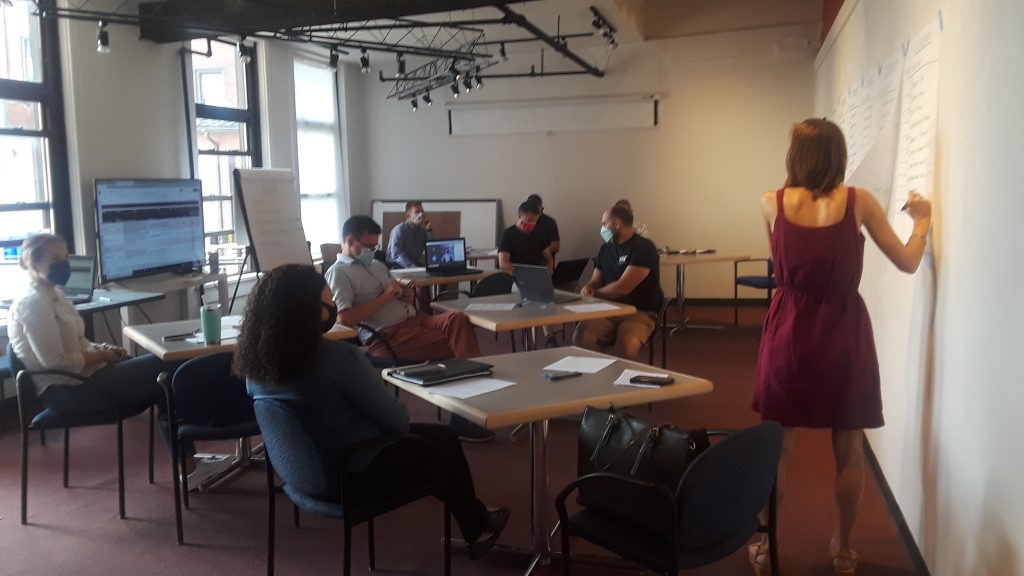
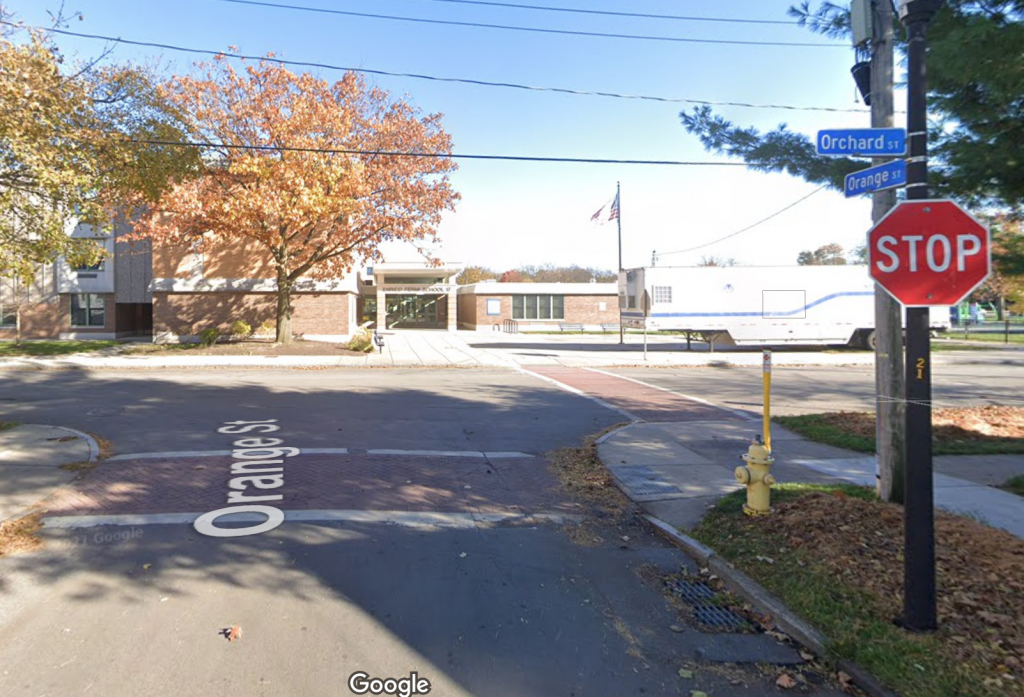
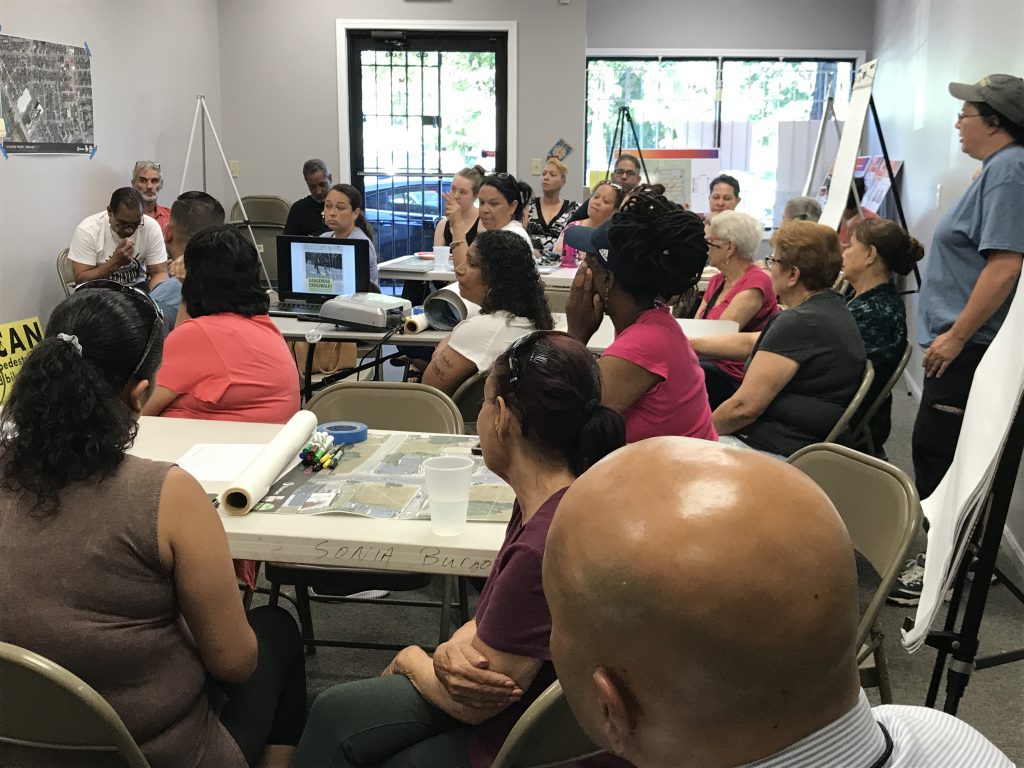


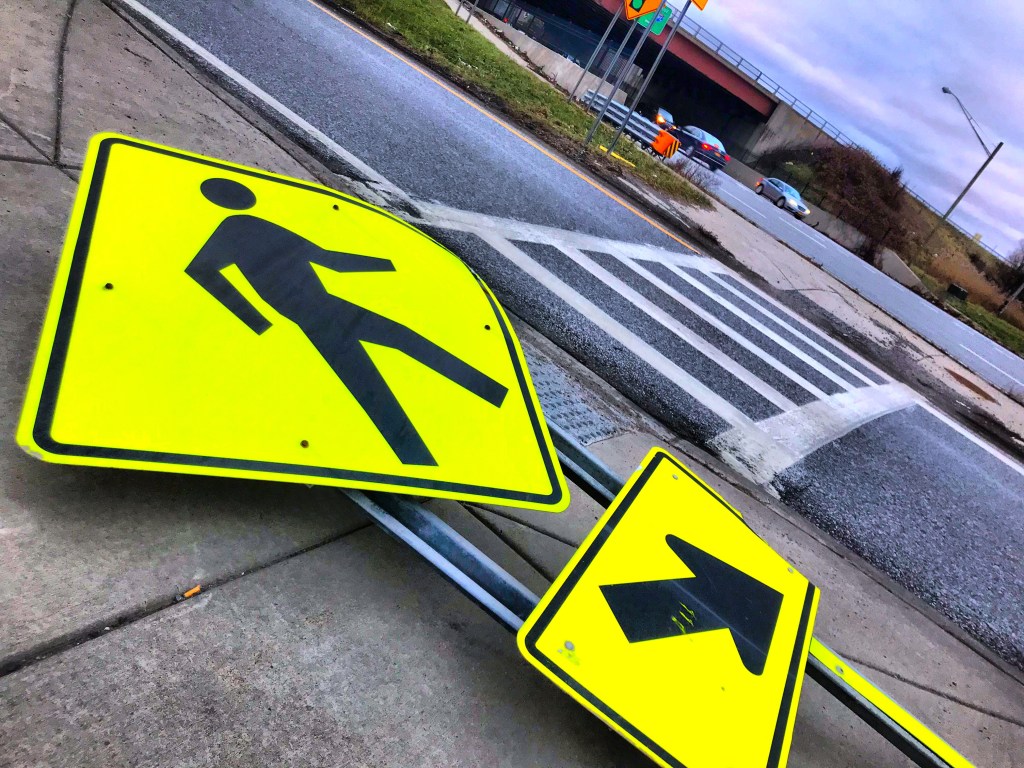

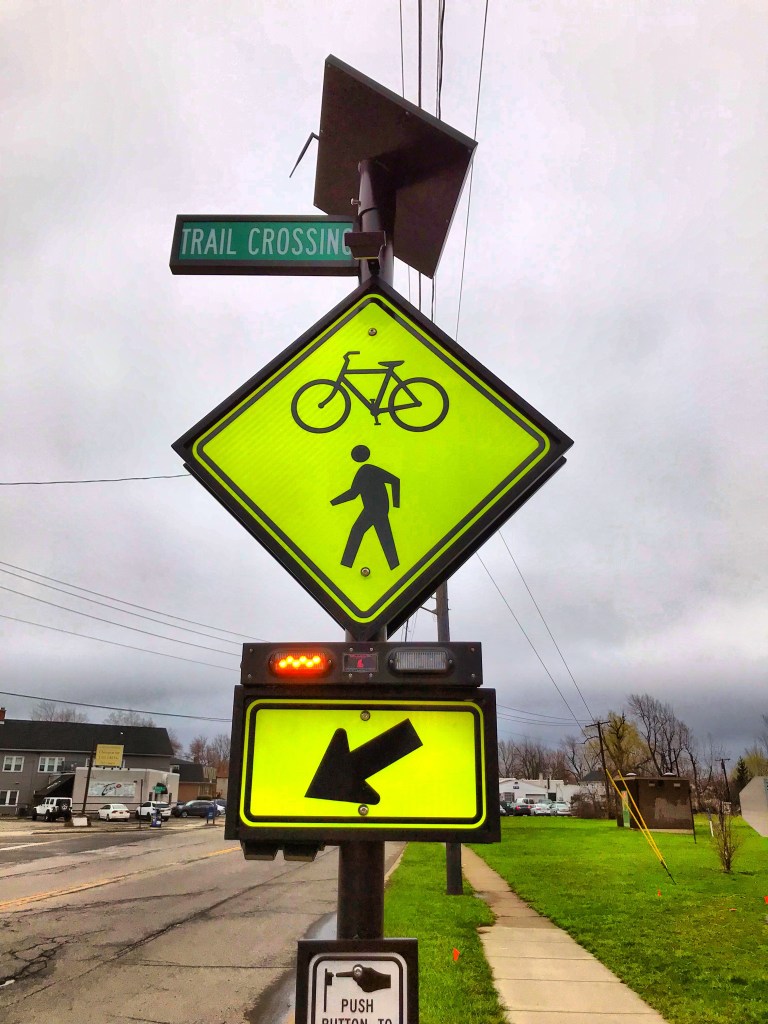
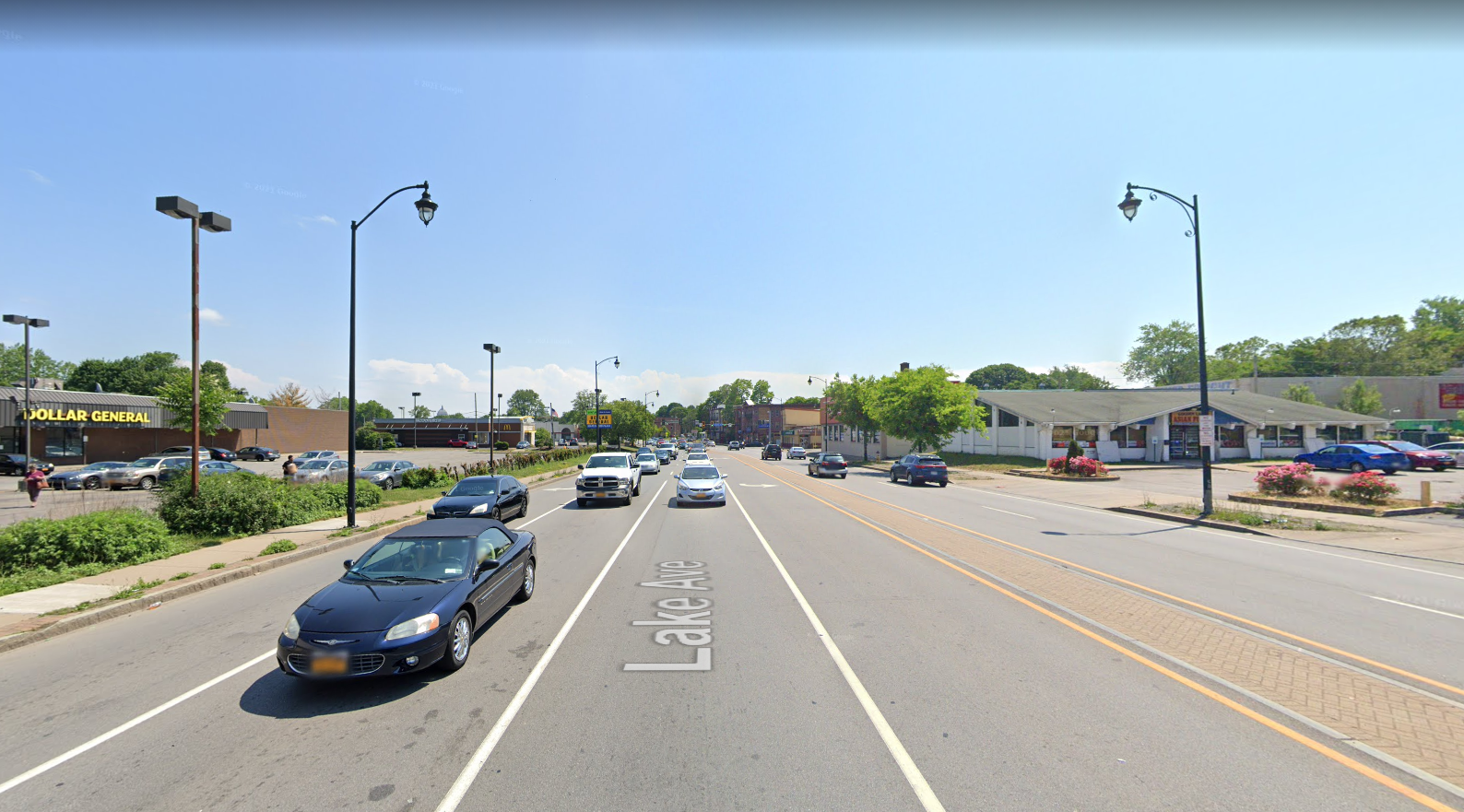

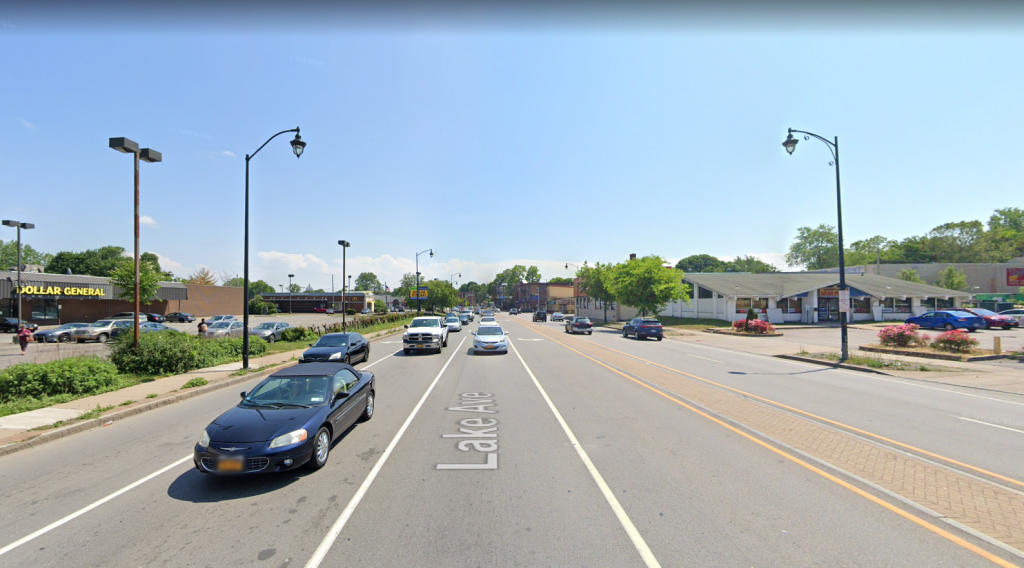
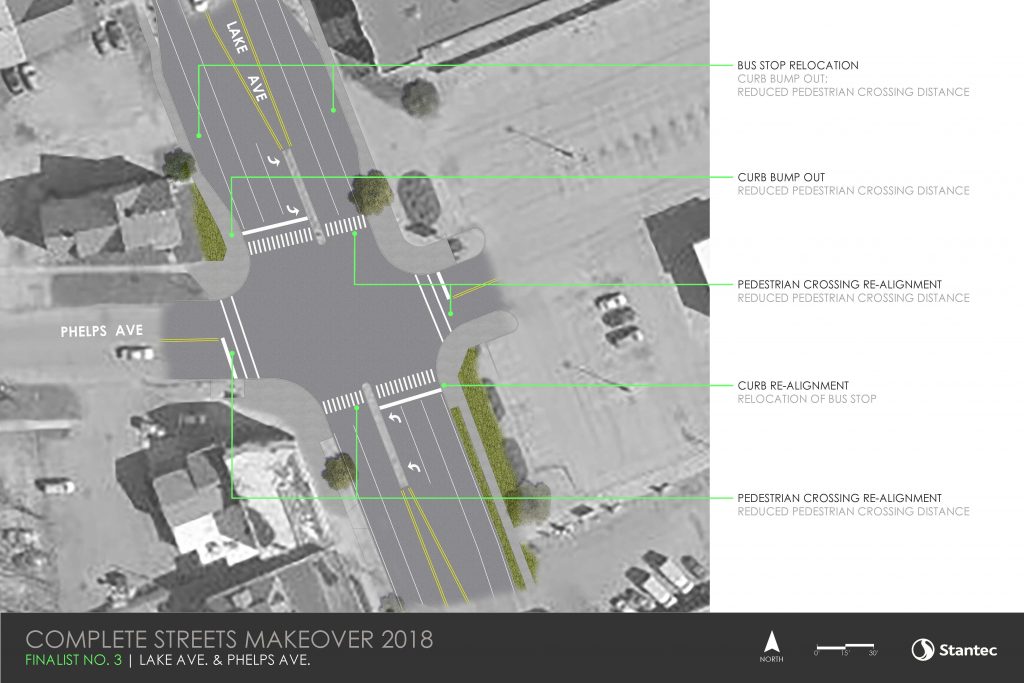
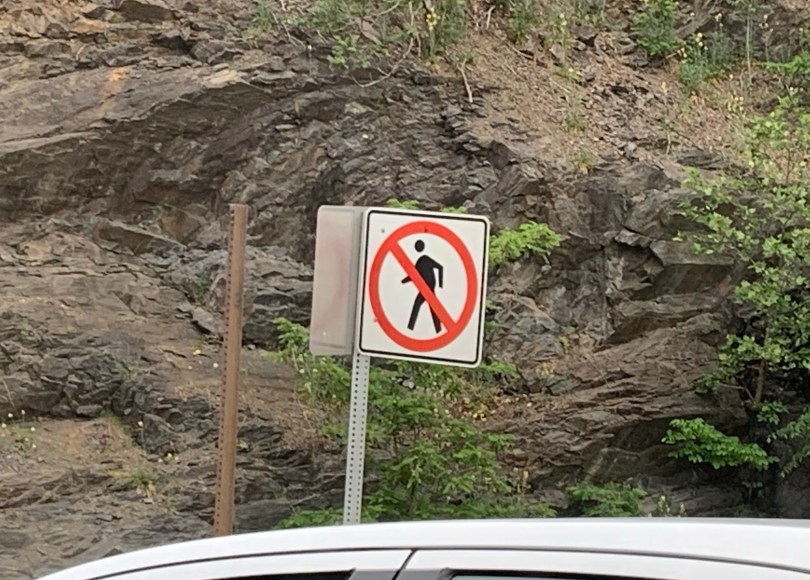
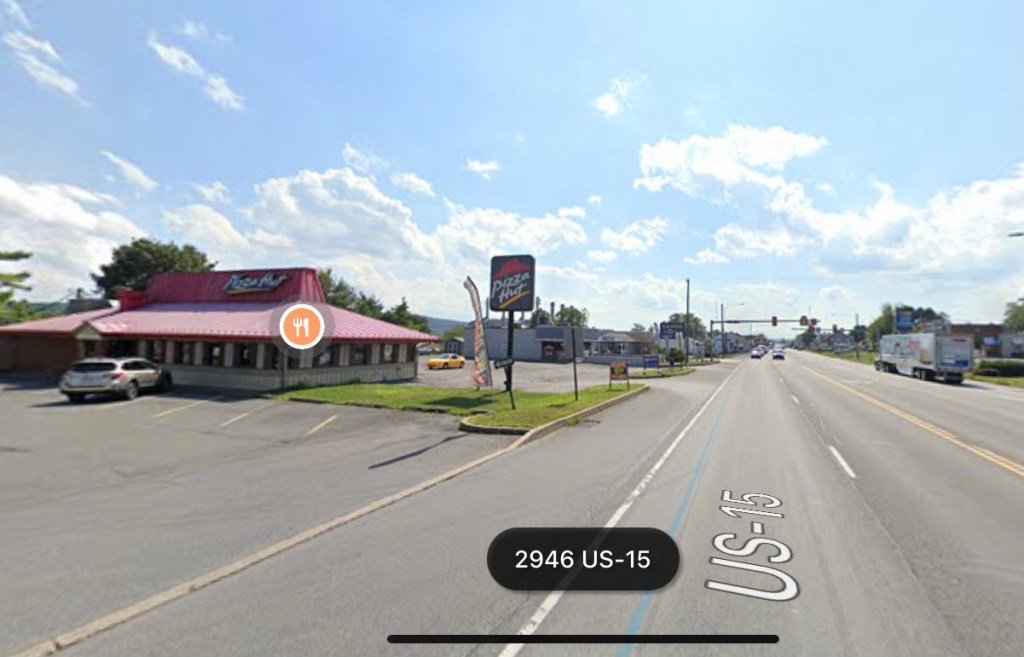
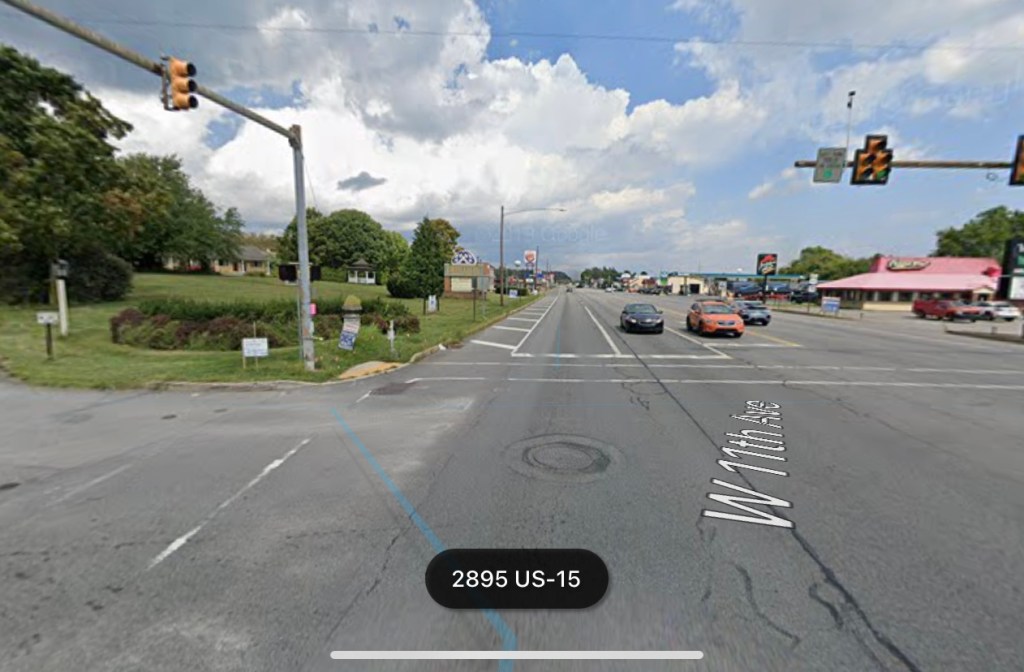
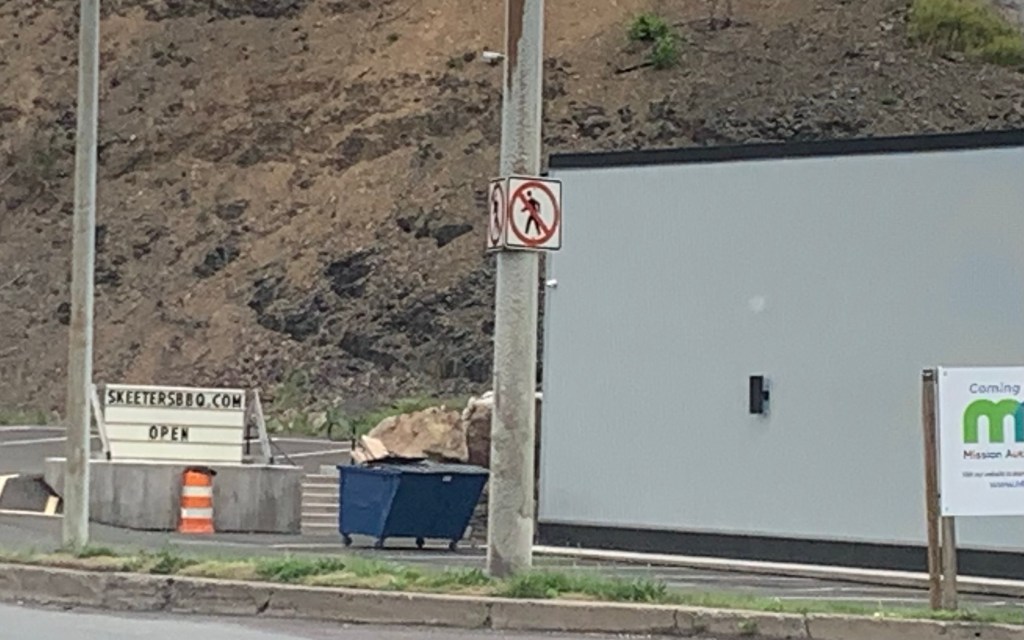


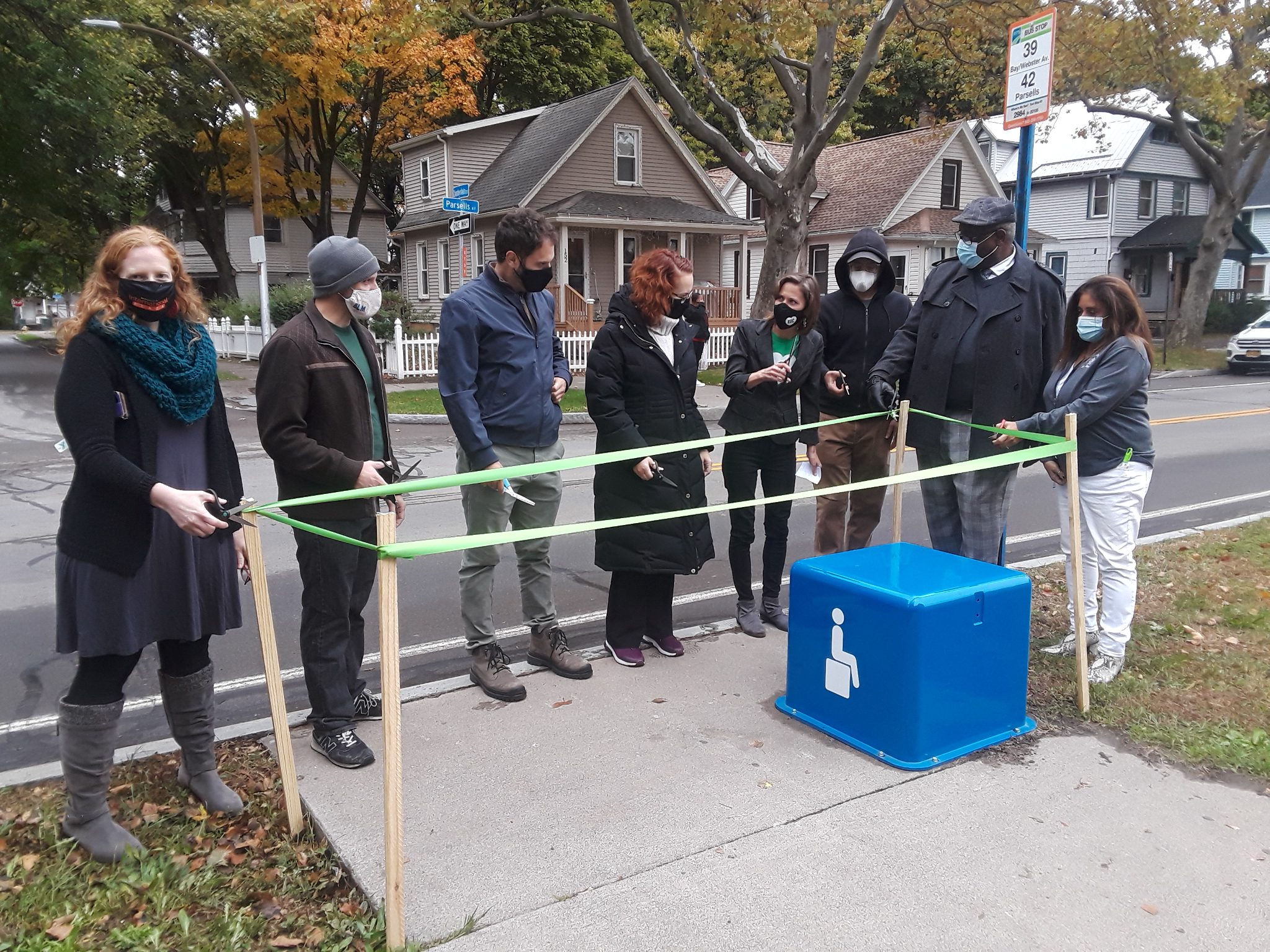
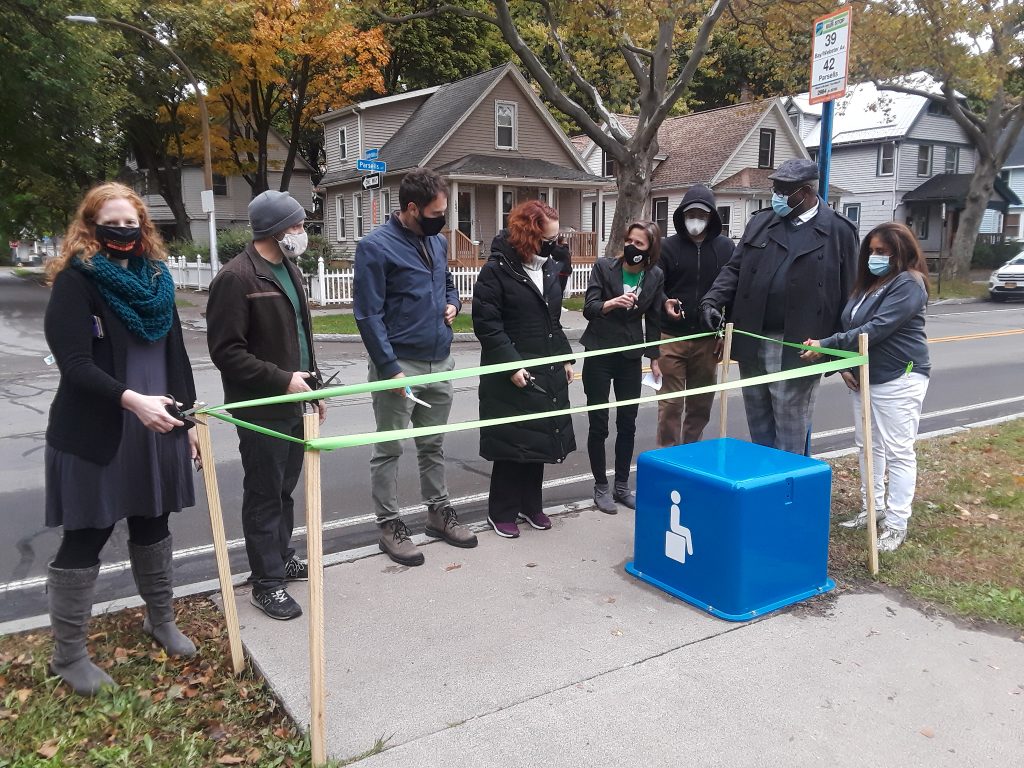
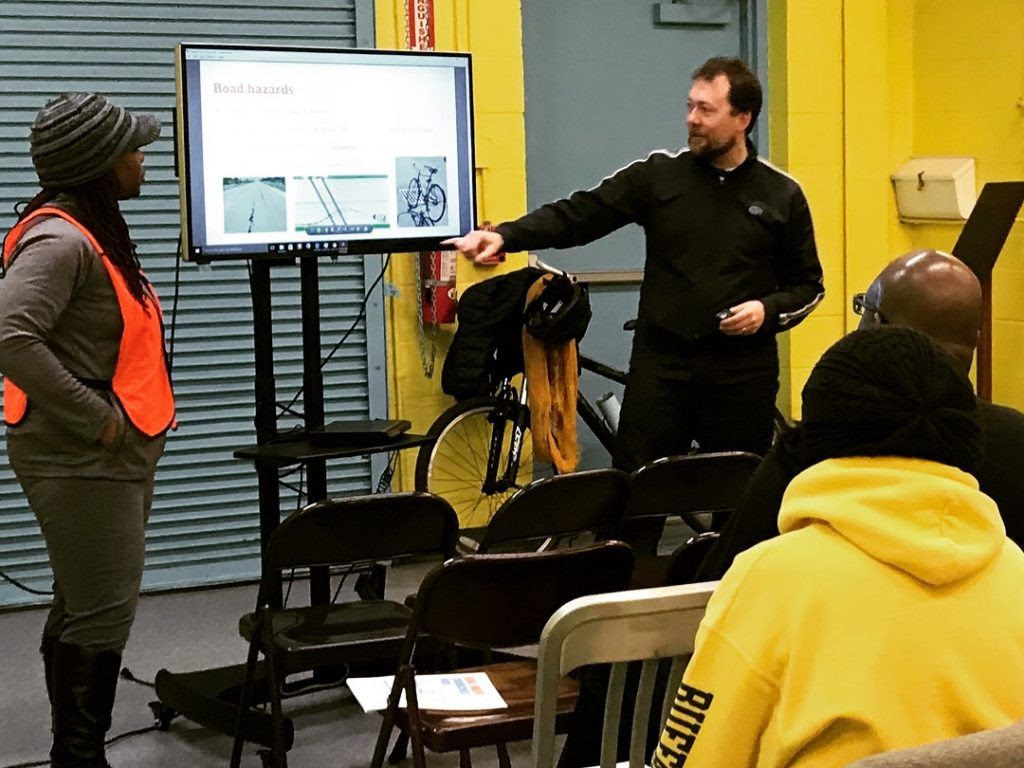
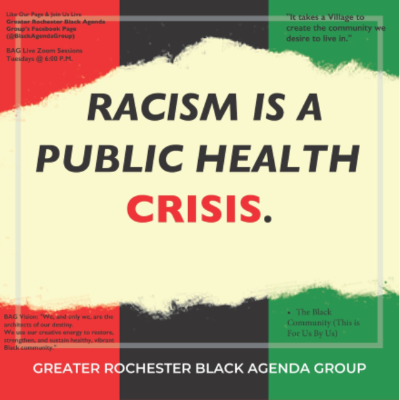
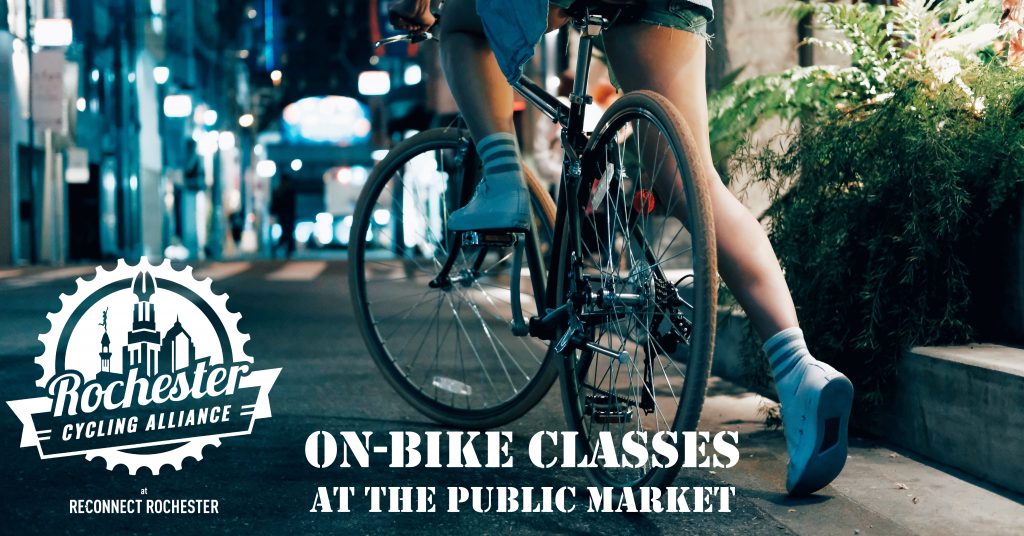
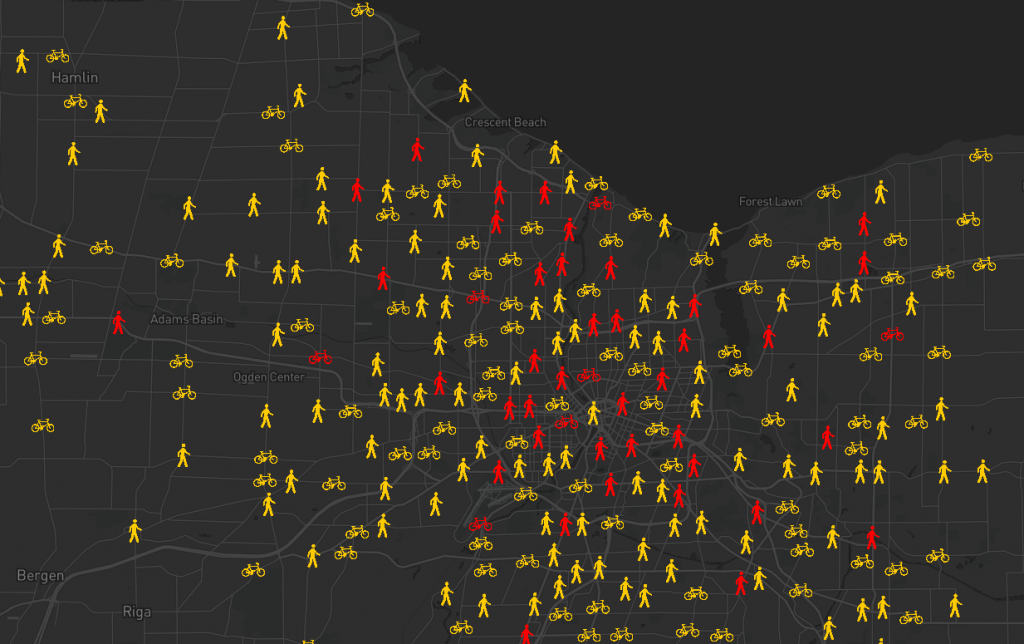

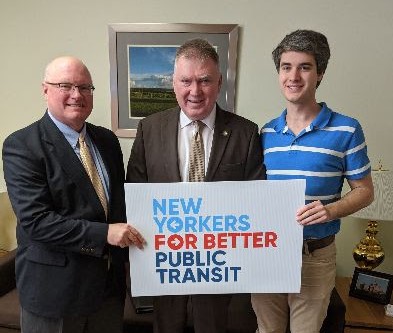
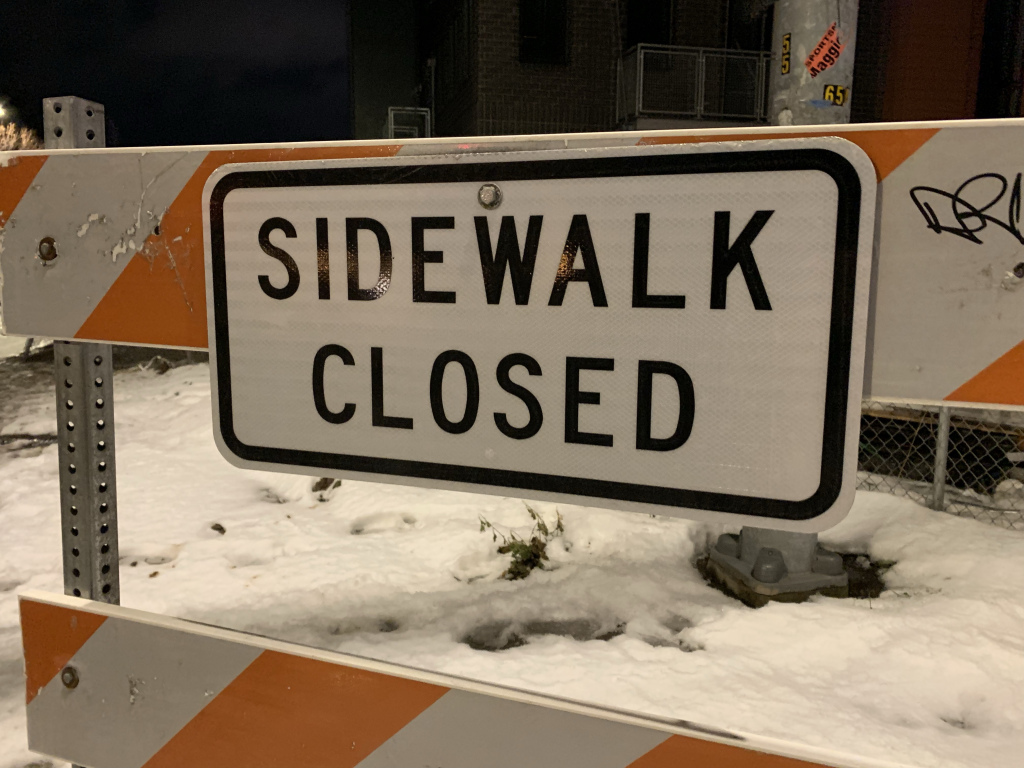


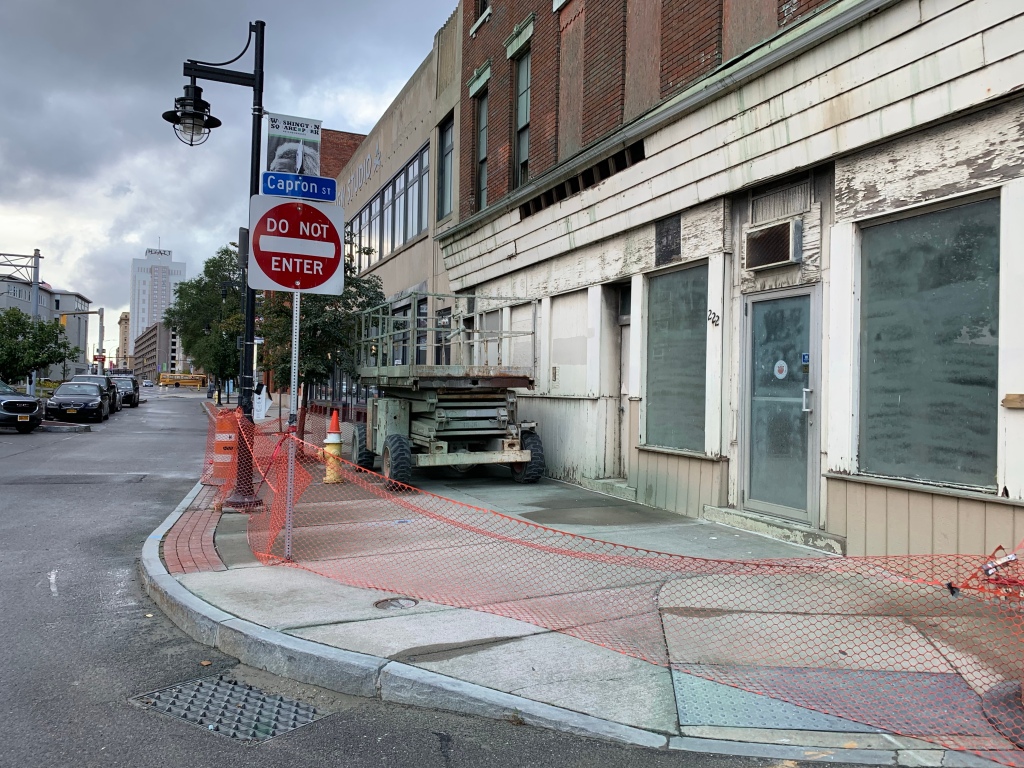





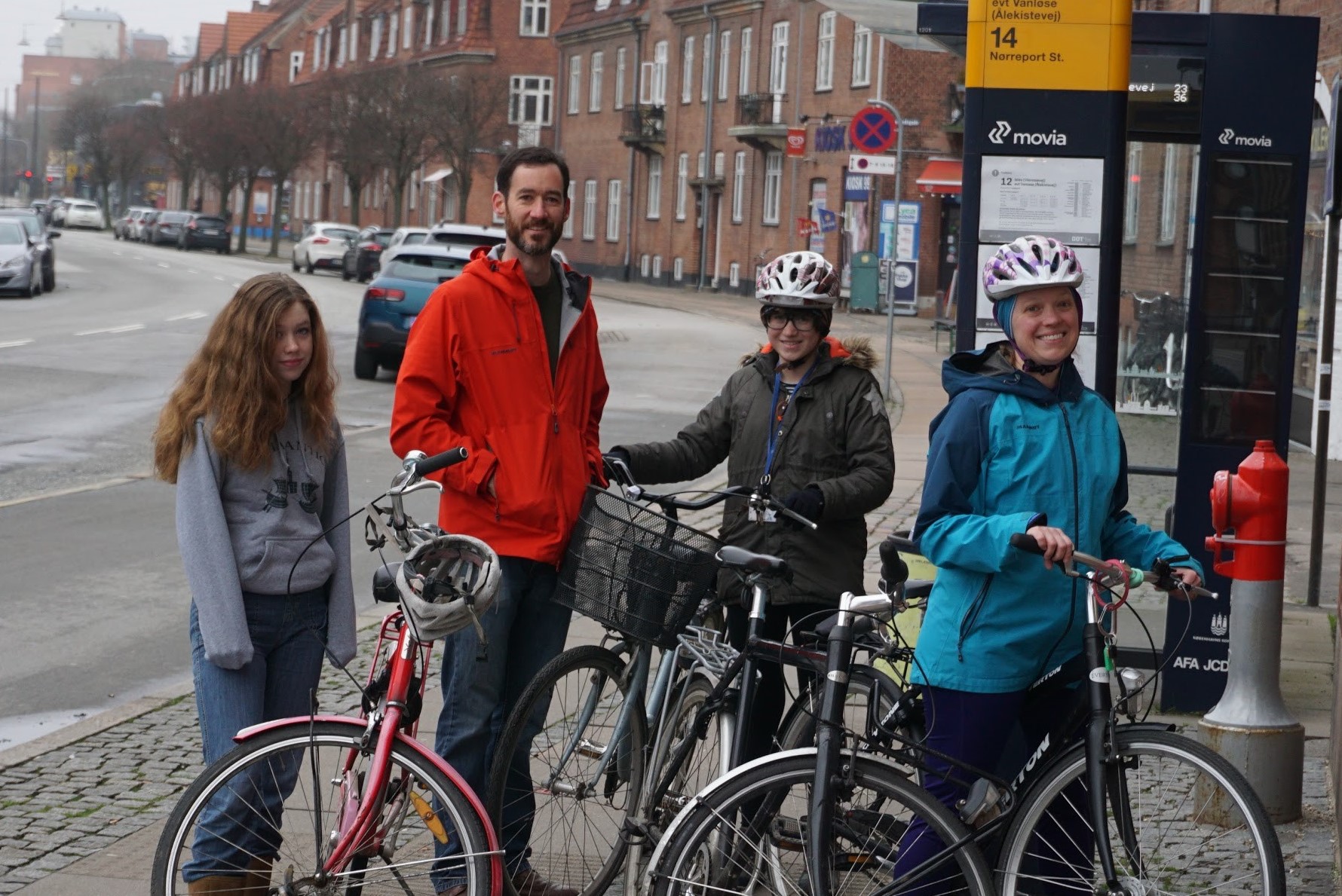


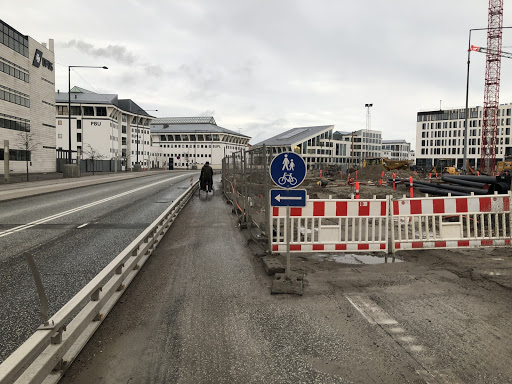

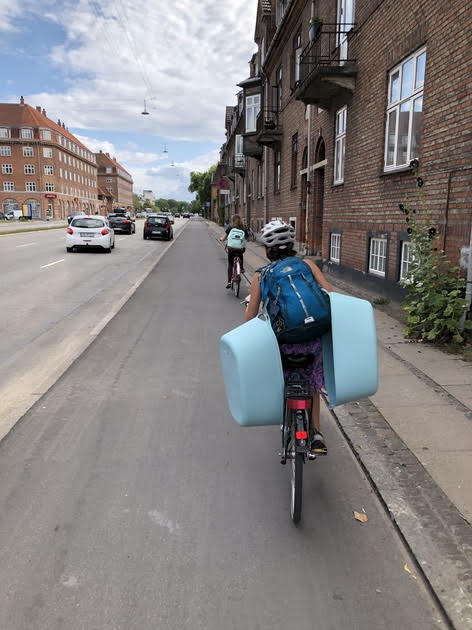
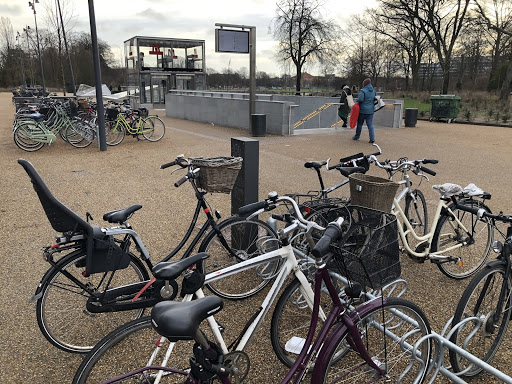

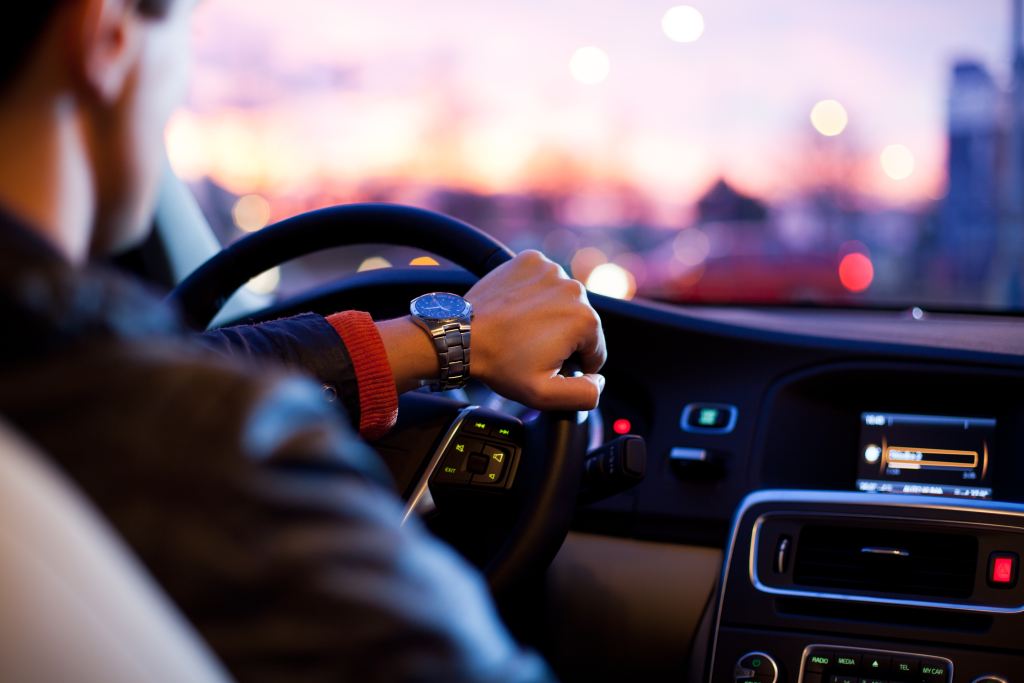
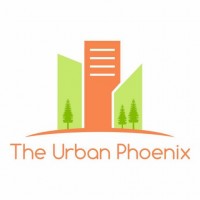



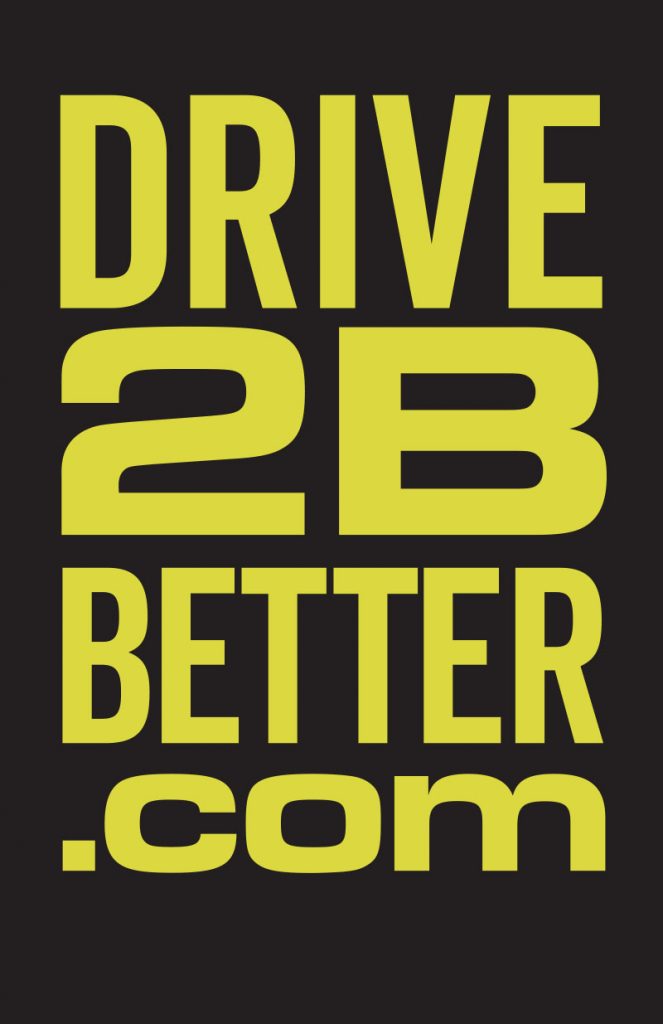
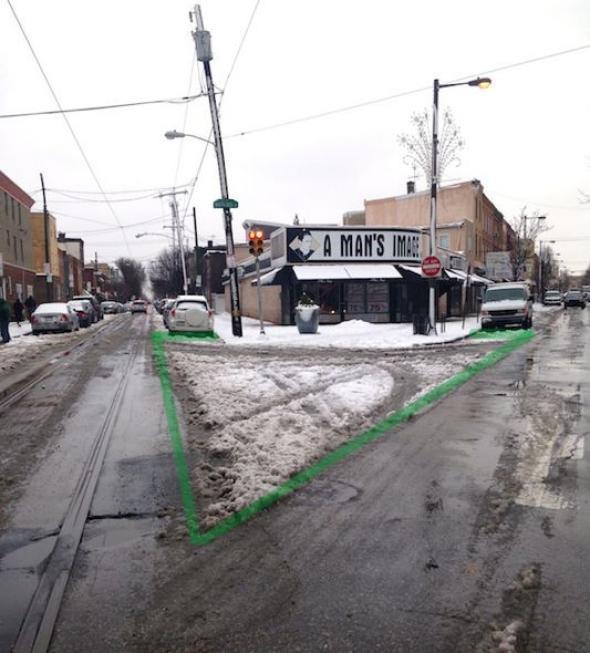
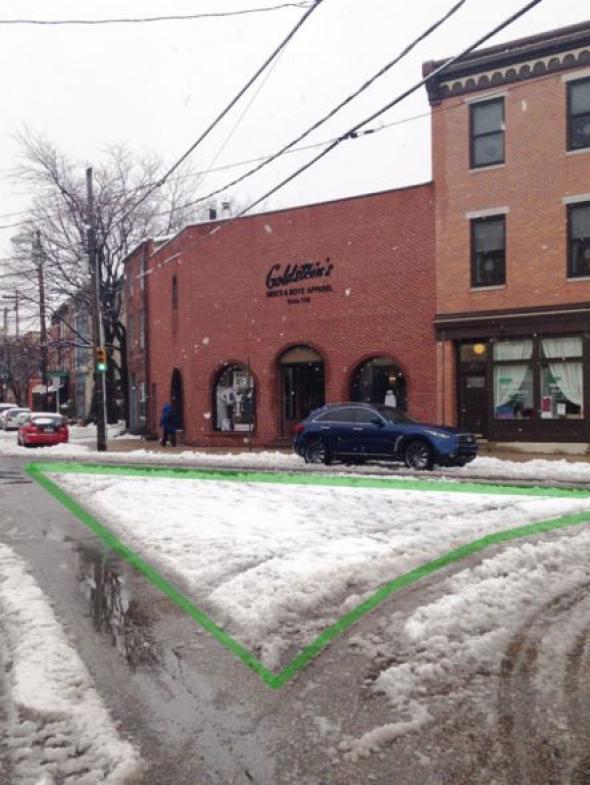
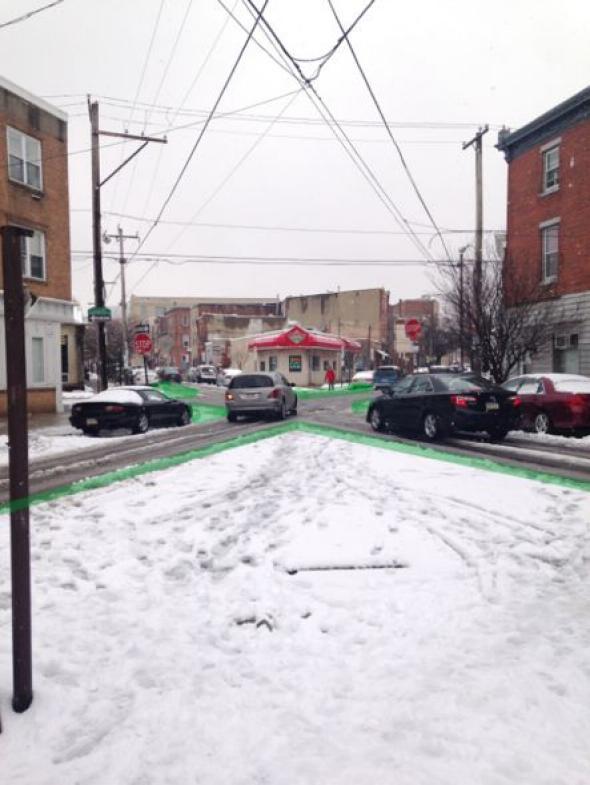
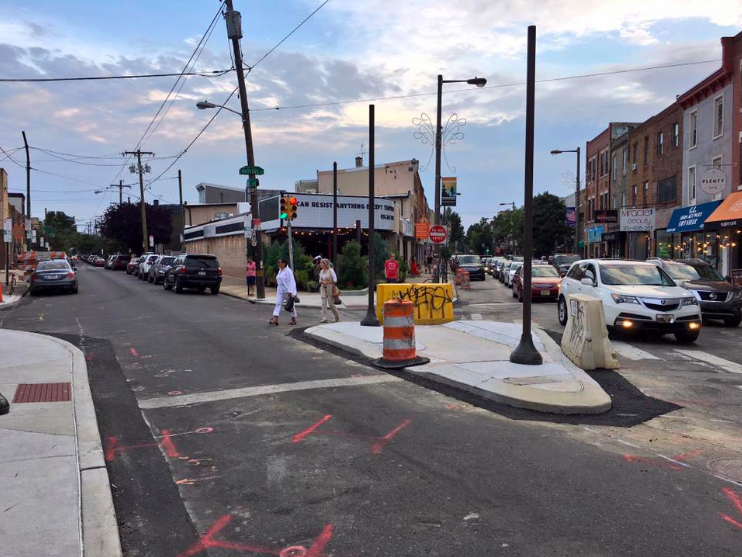
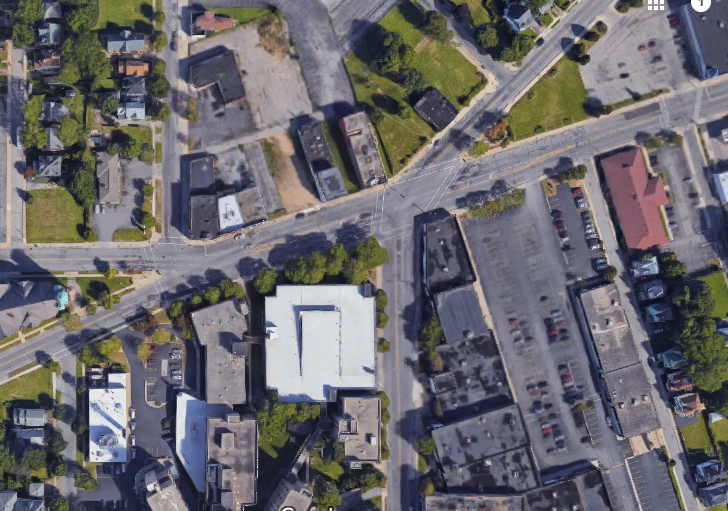
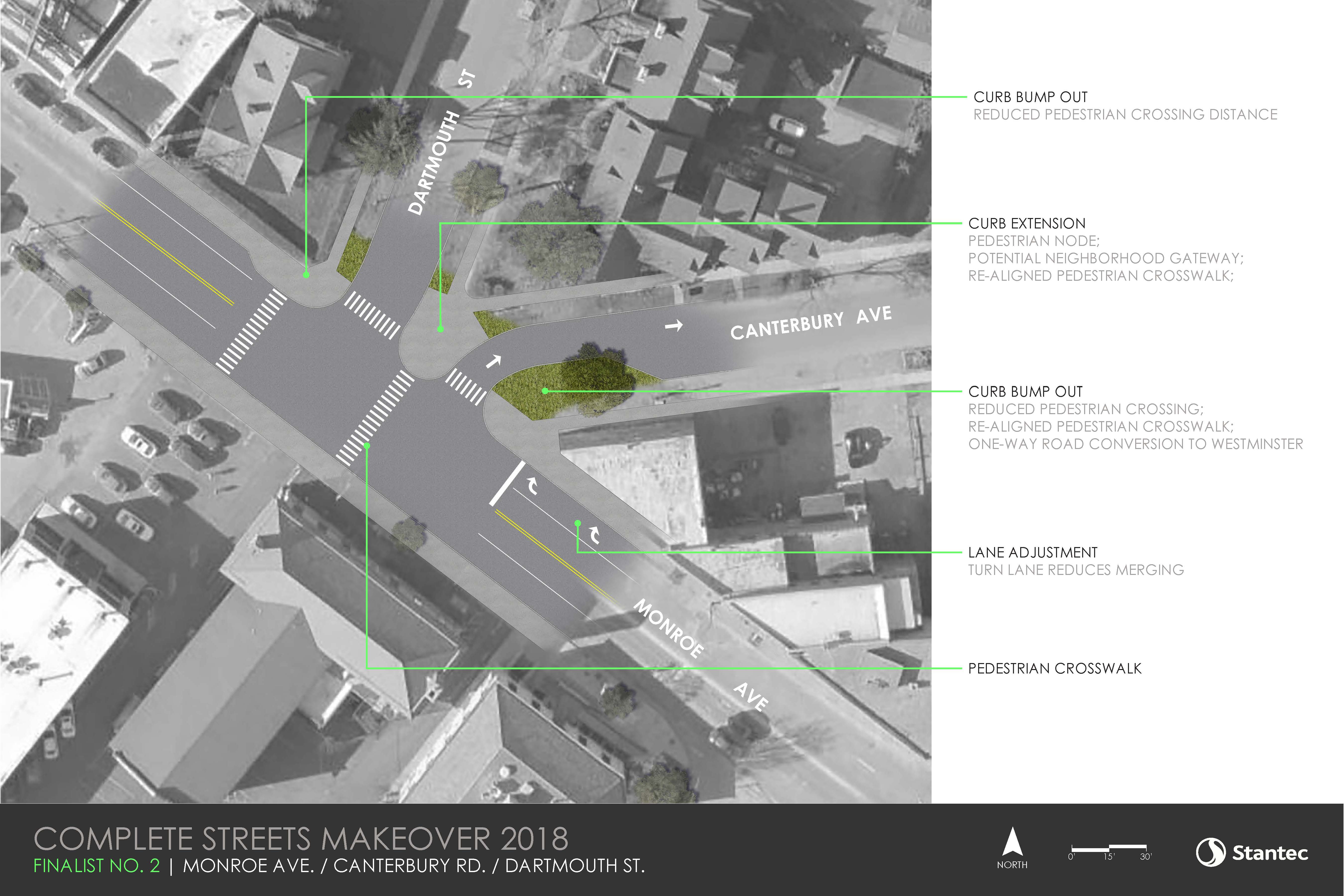

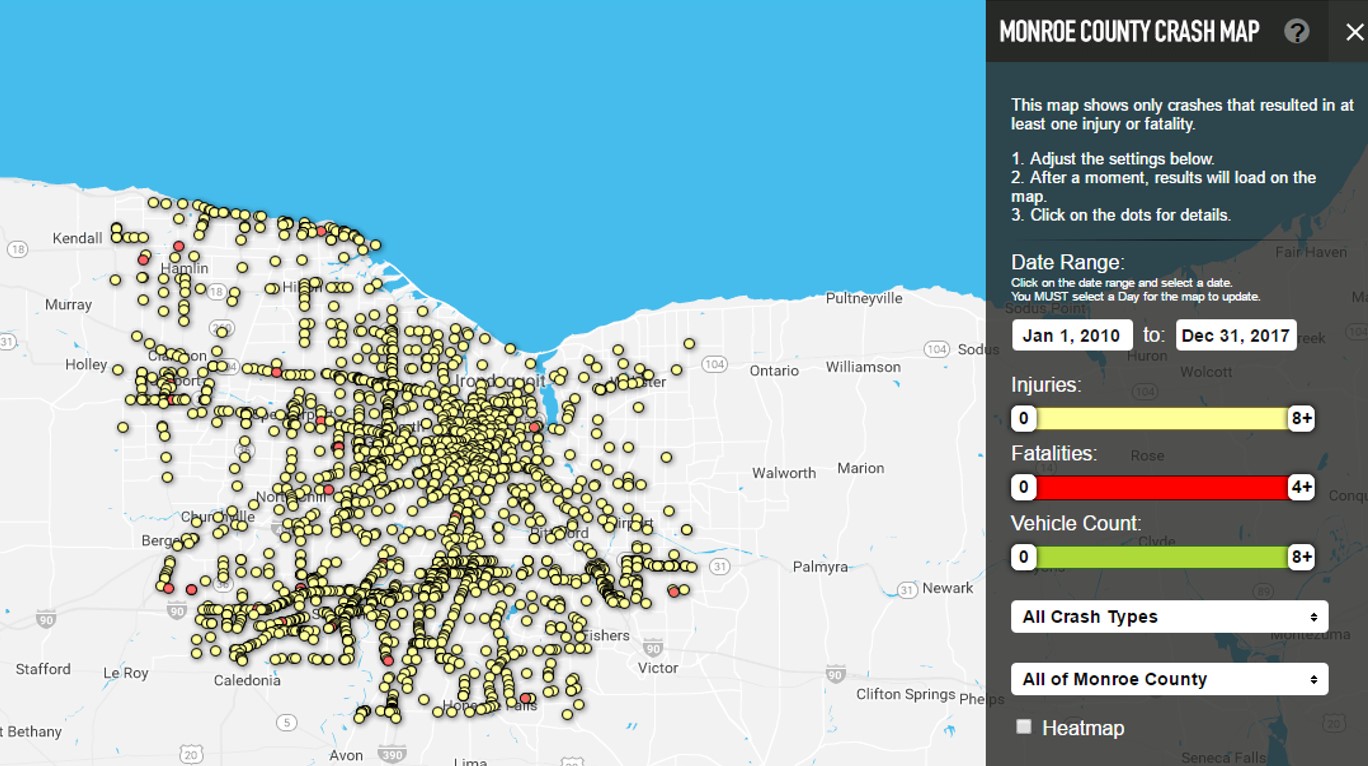
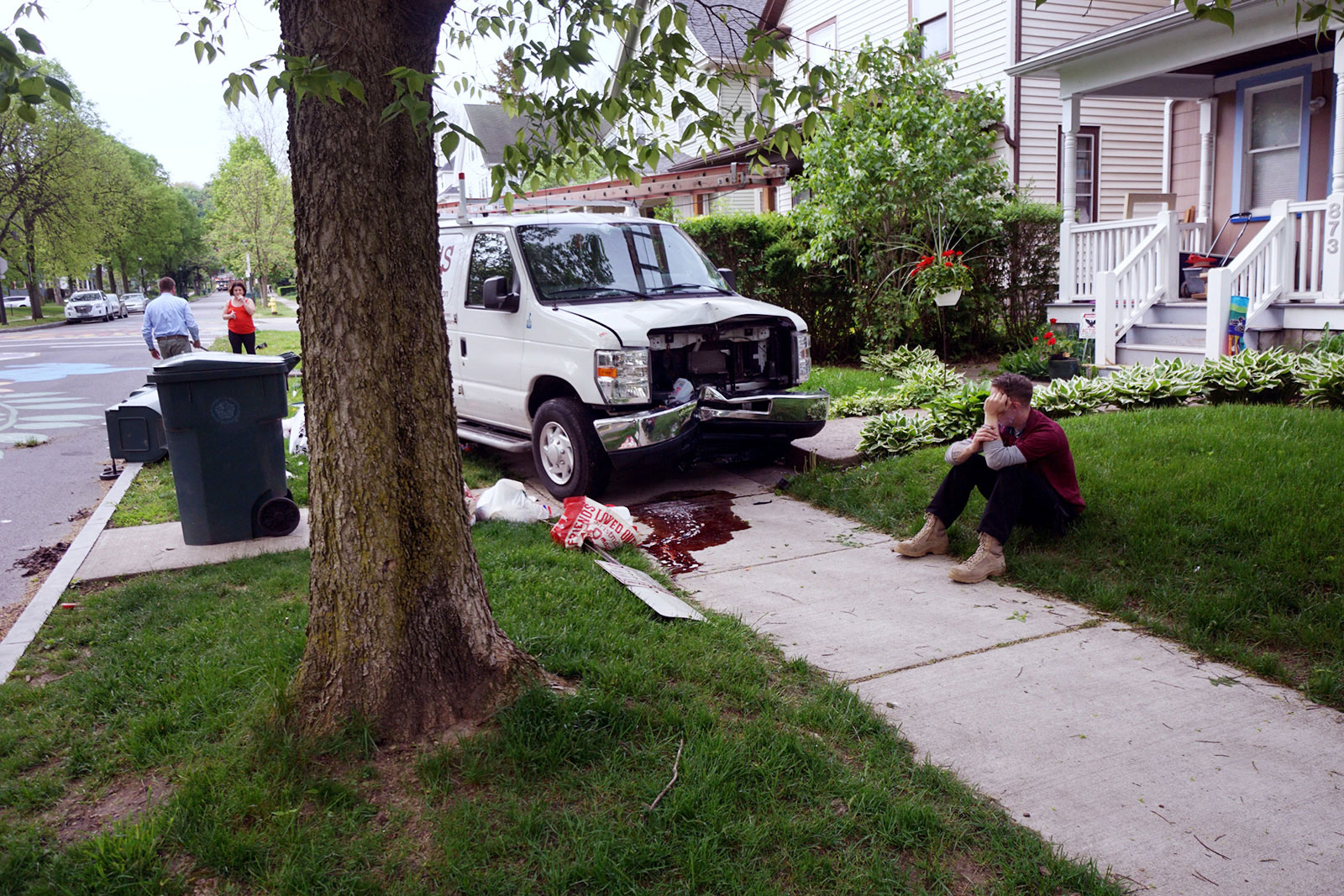
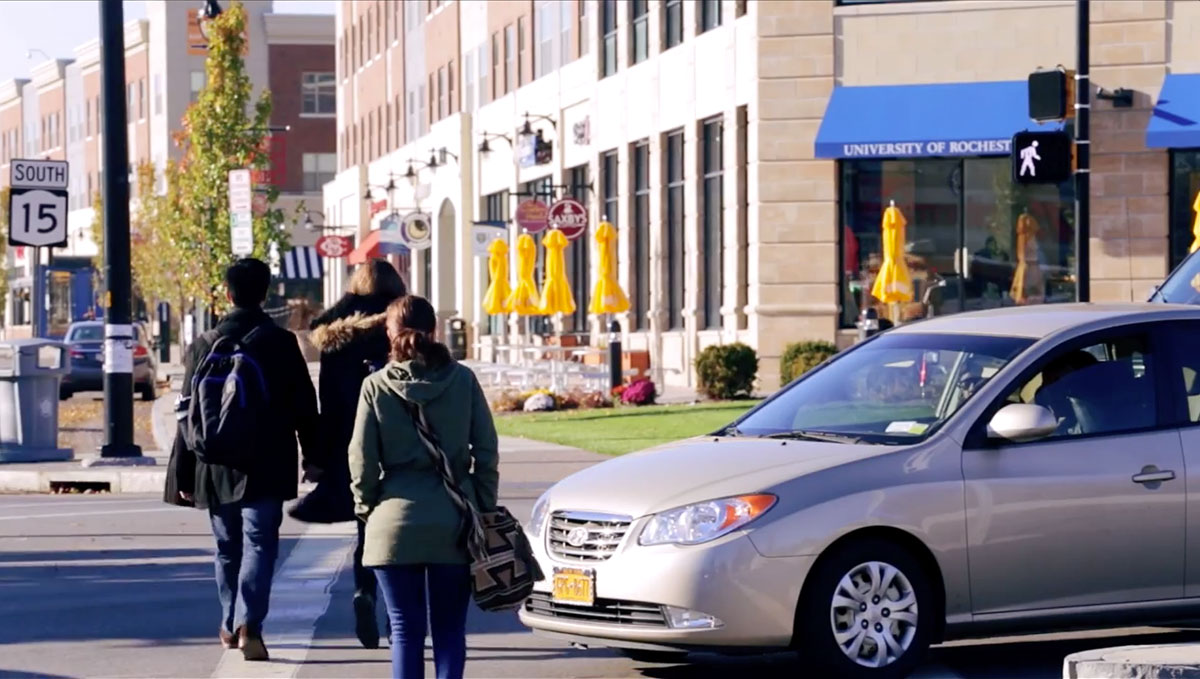
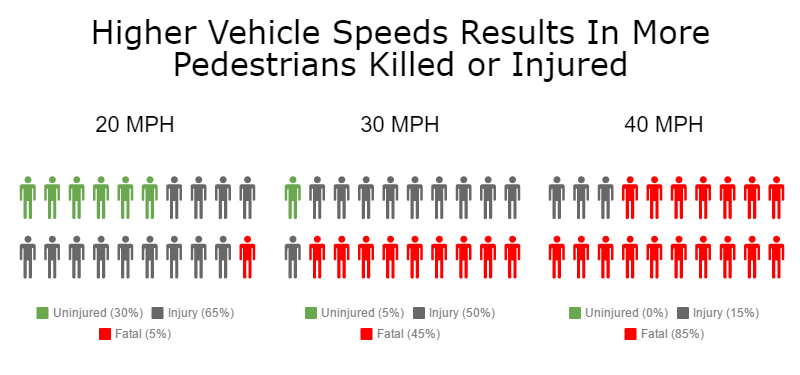
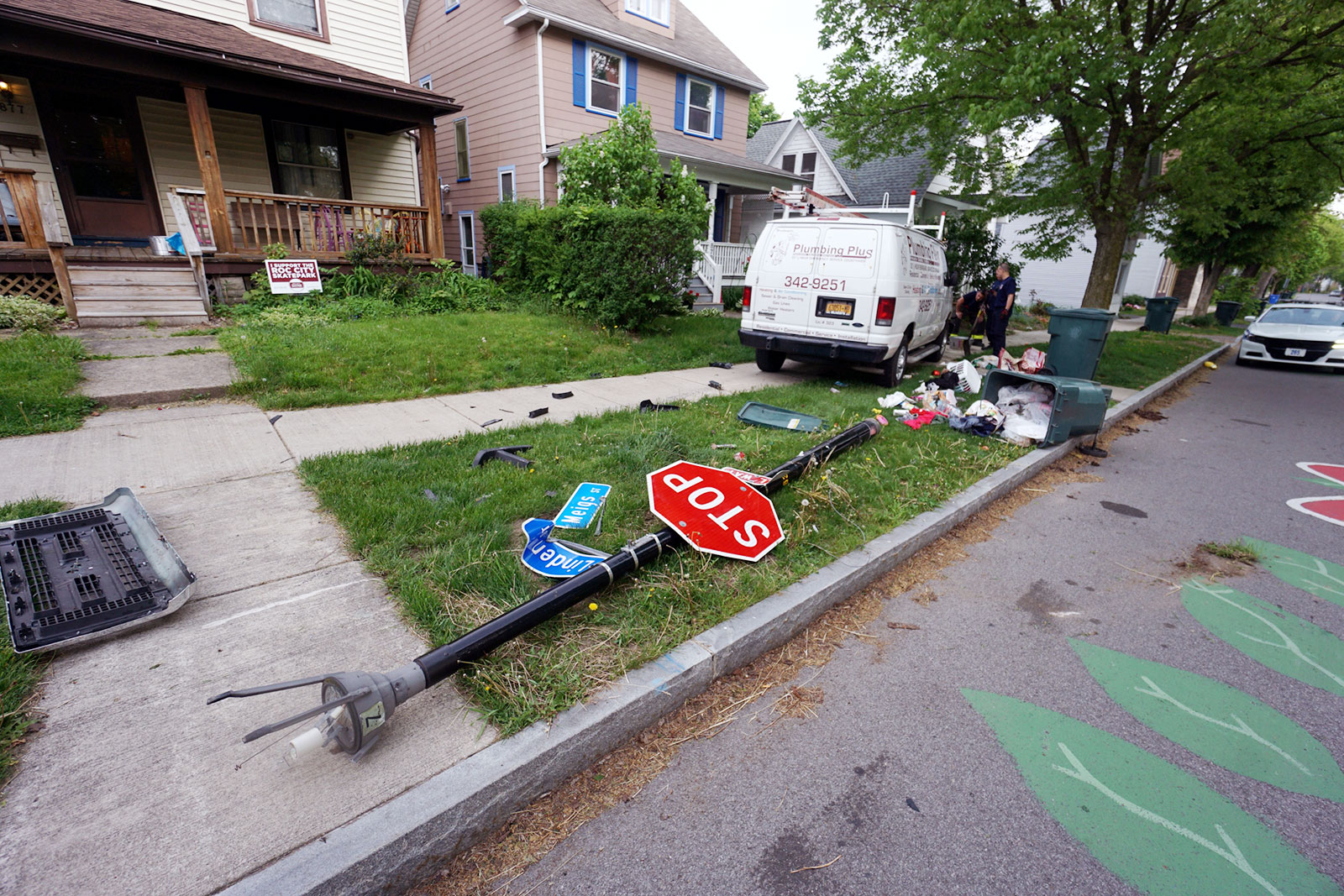
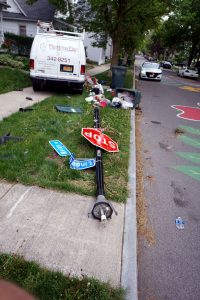
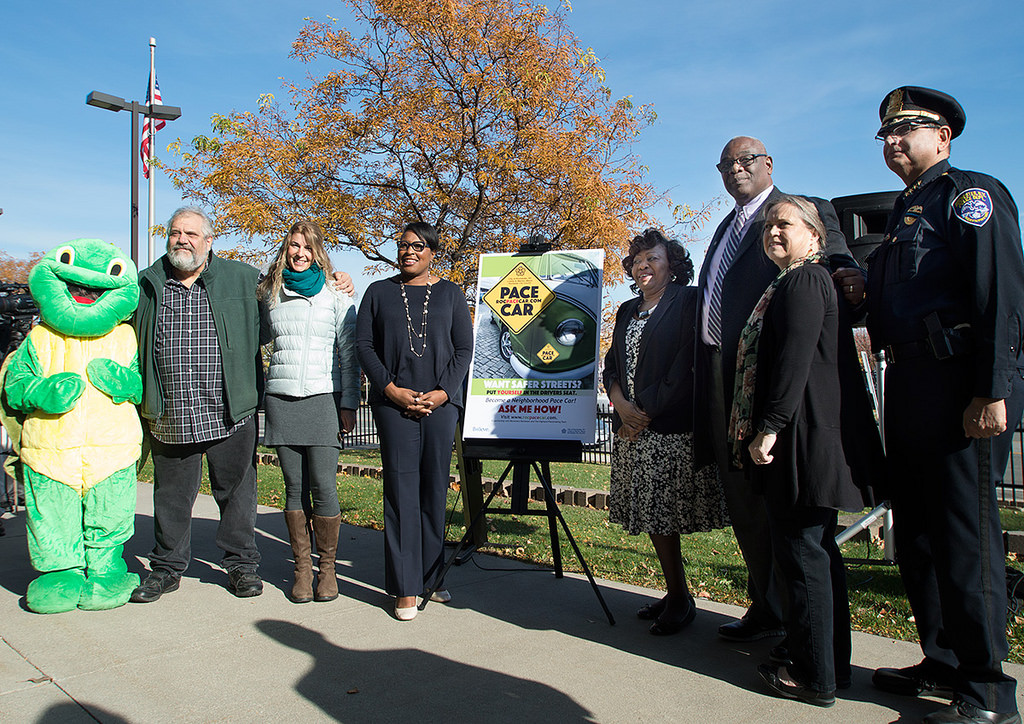
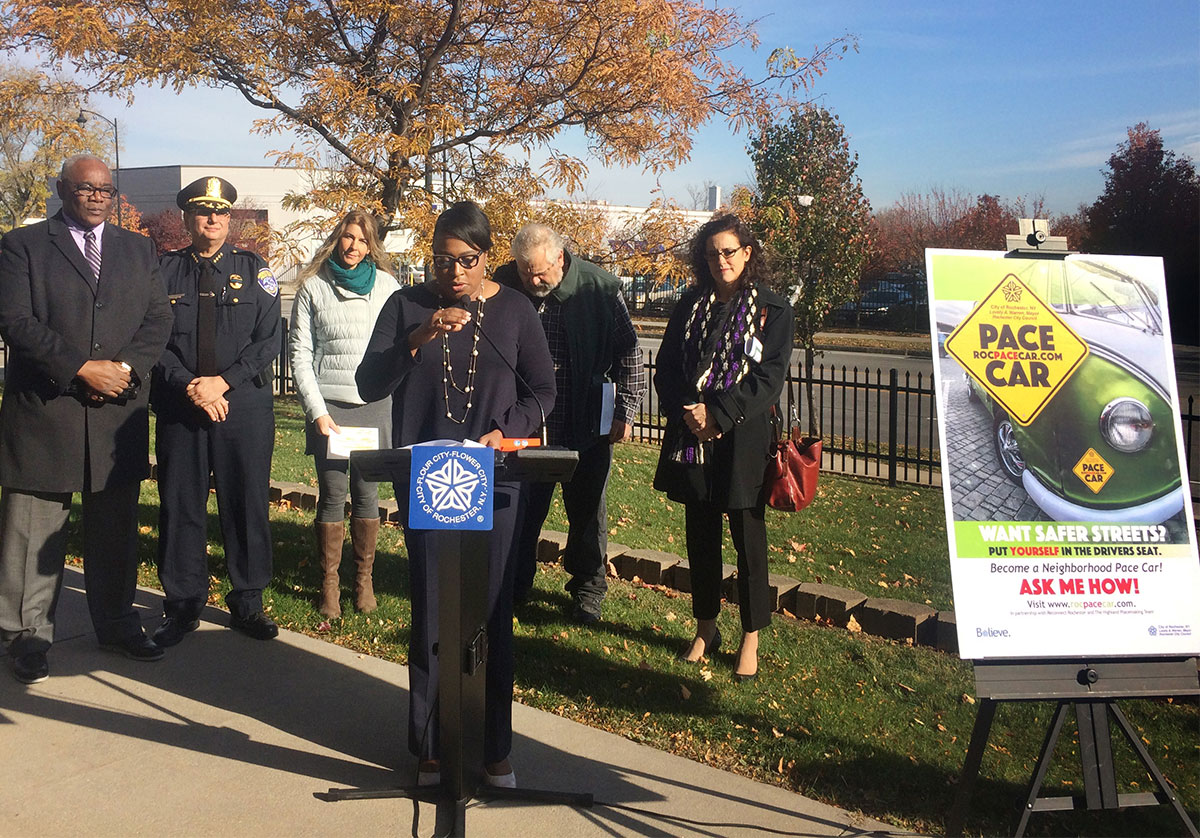
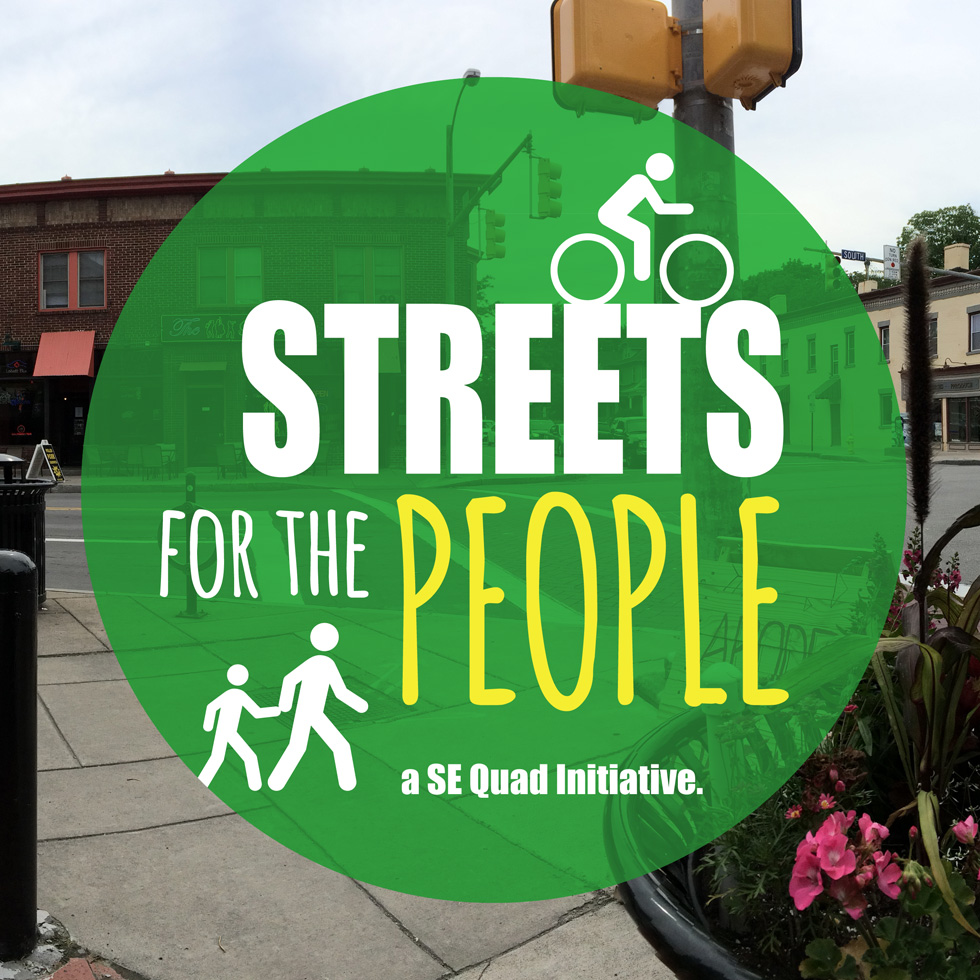

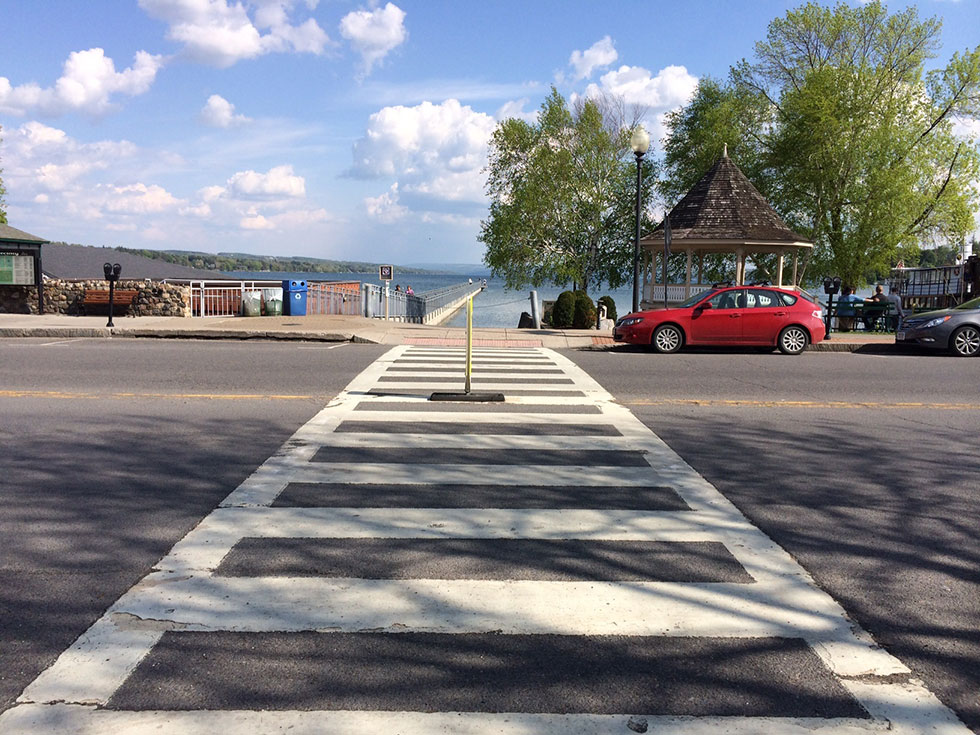
![Crosswalk [PHOTO: Renee Stetzer]](https://reconnectrochester.org/images/photos/Crosswalk-photo.jpg)